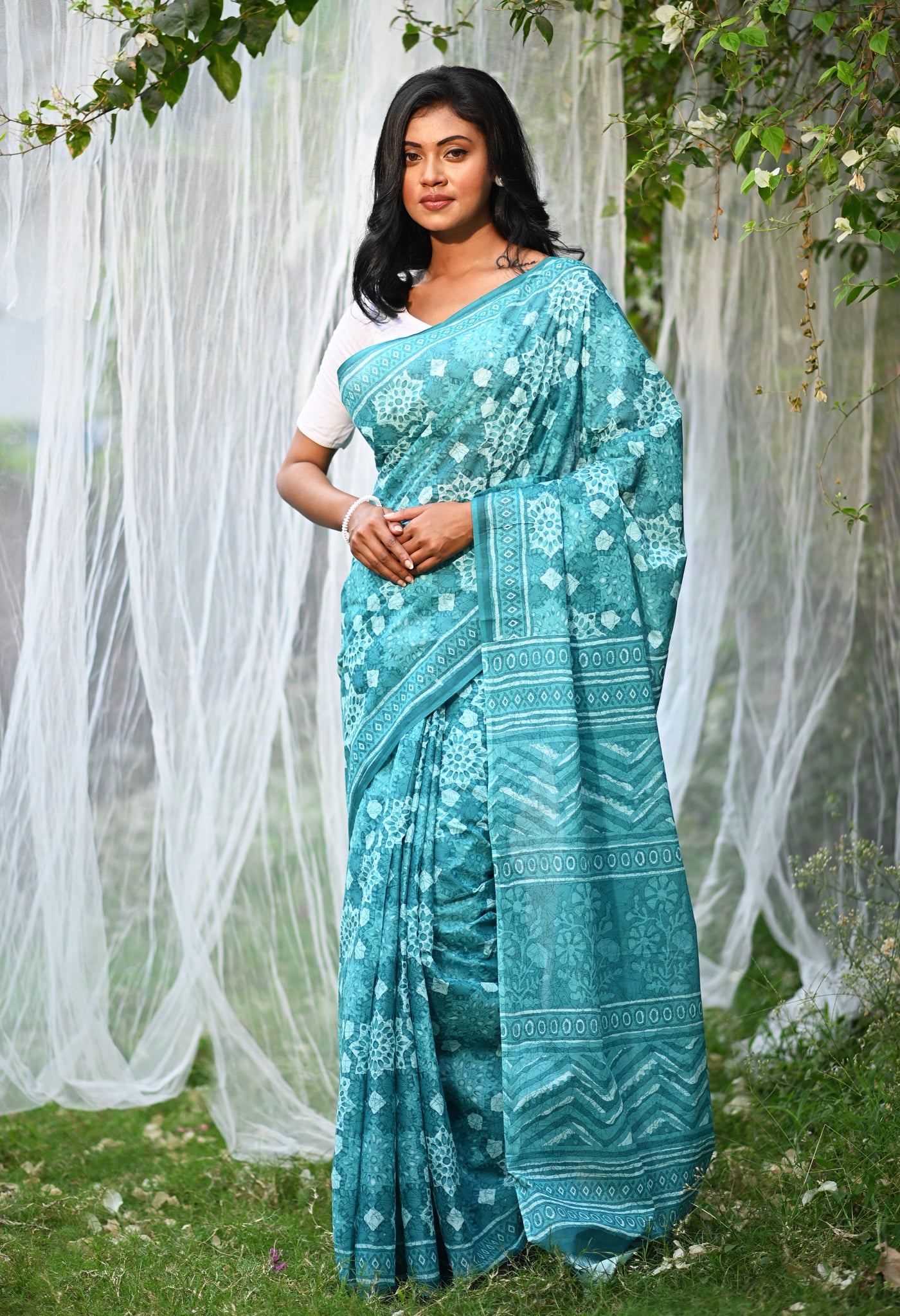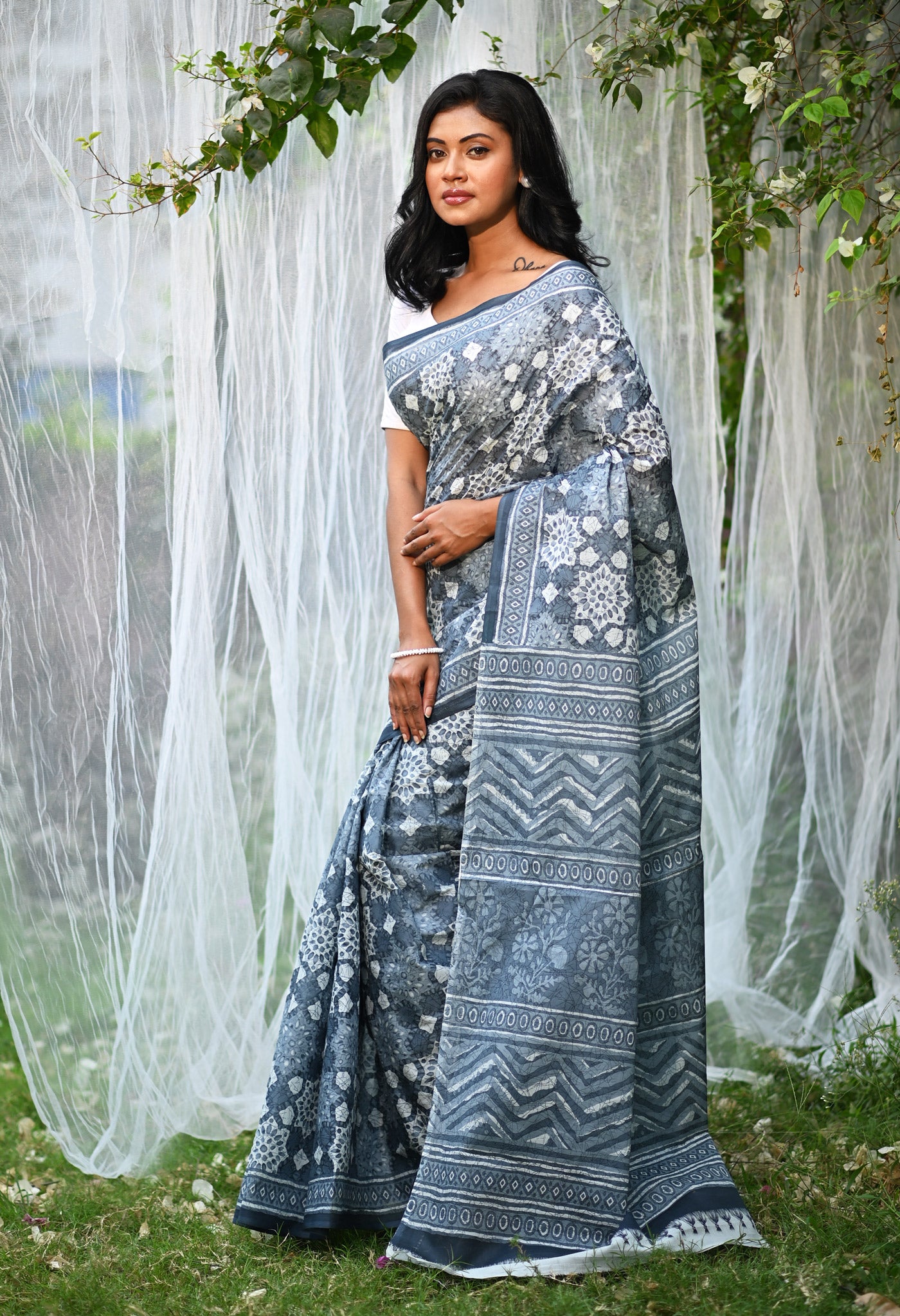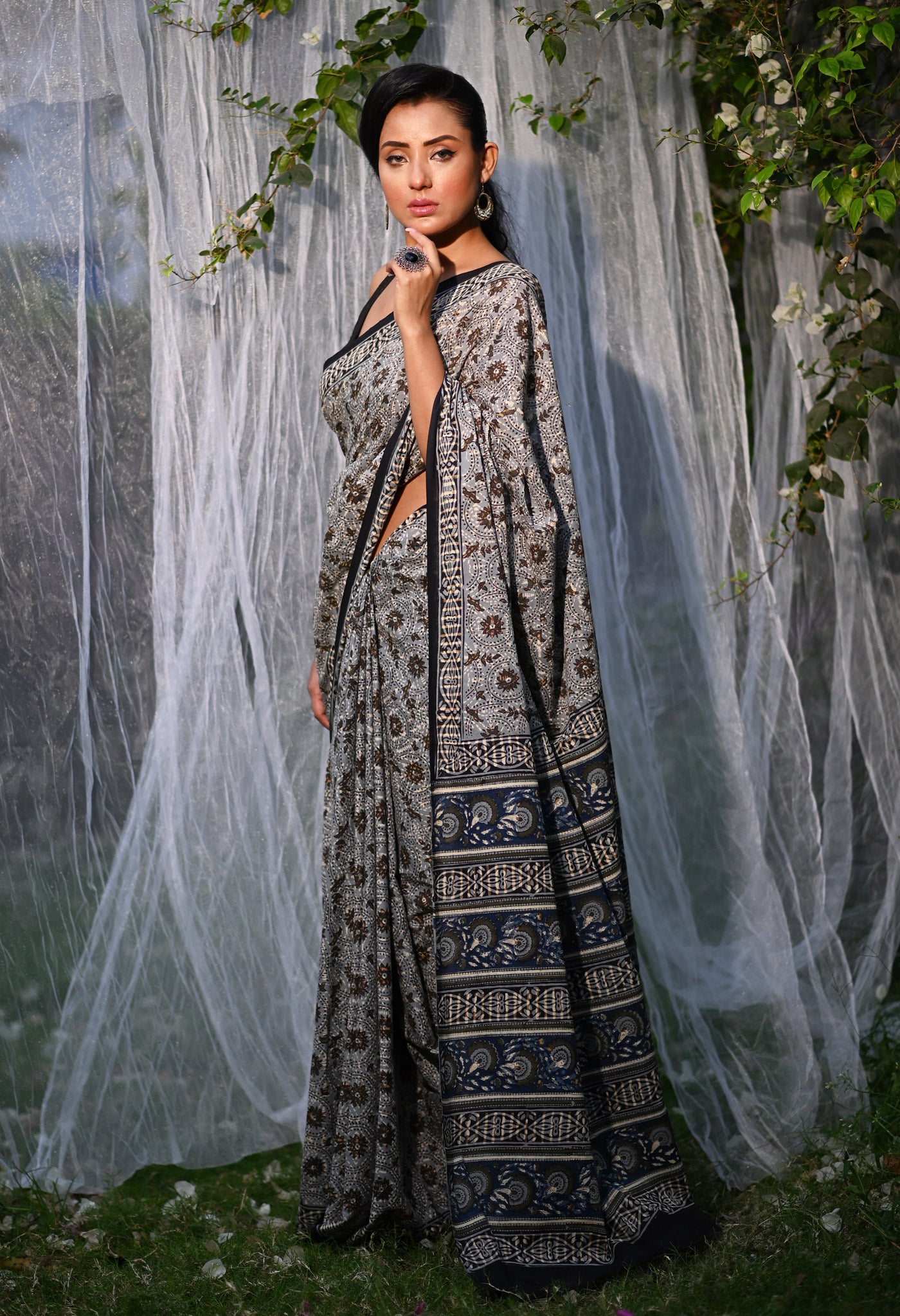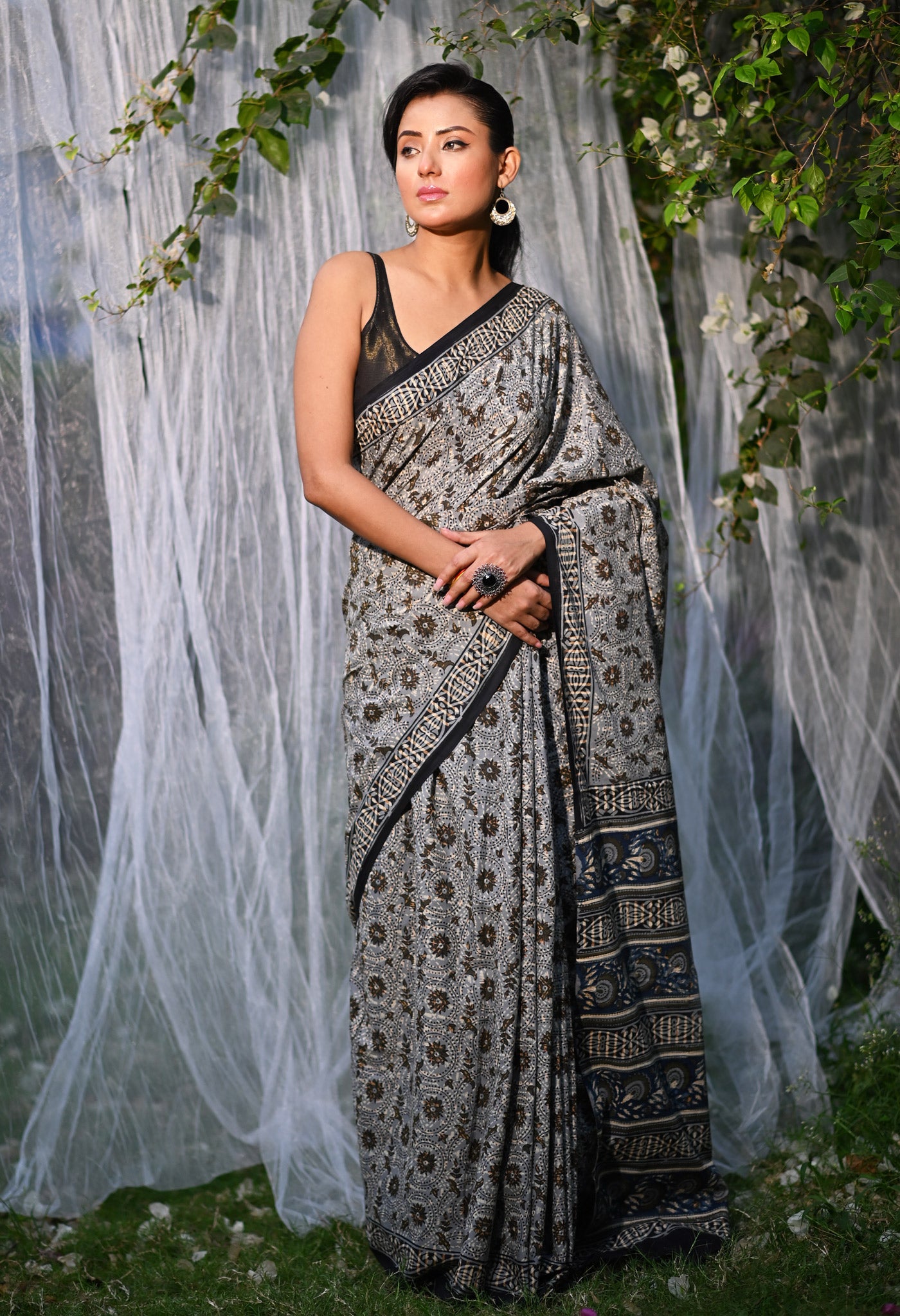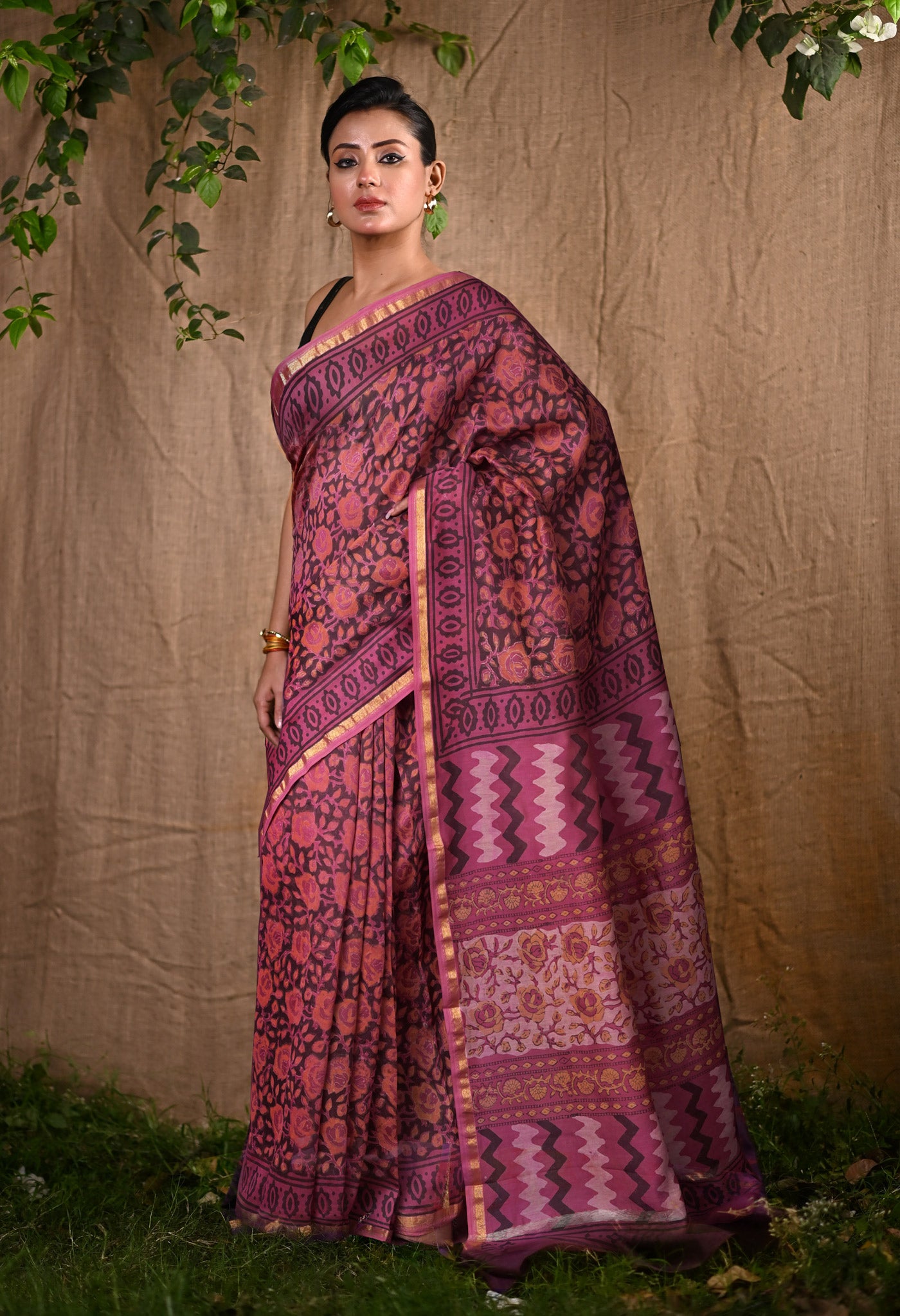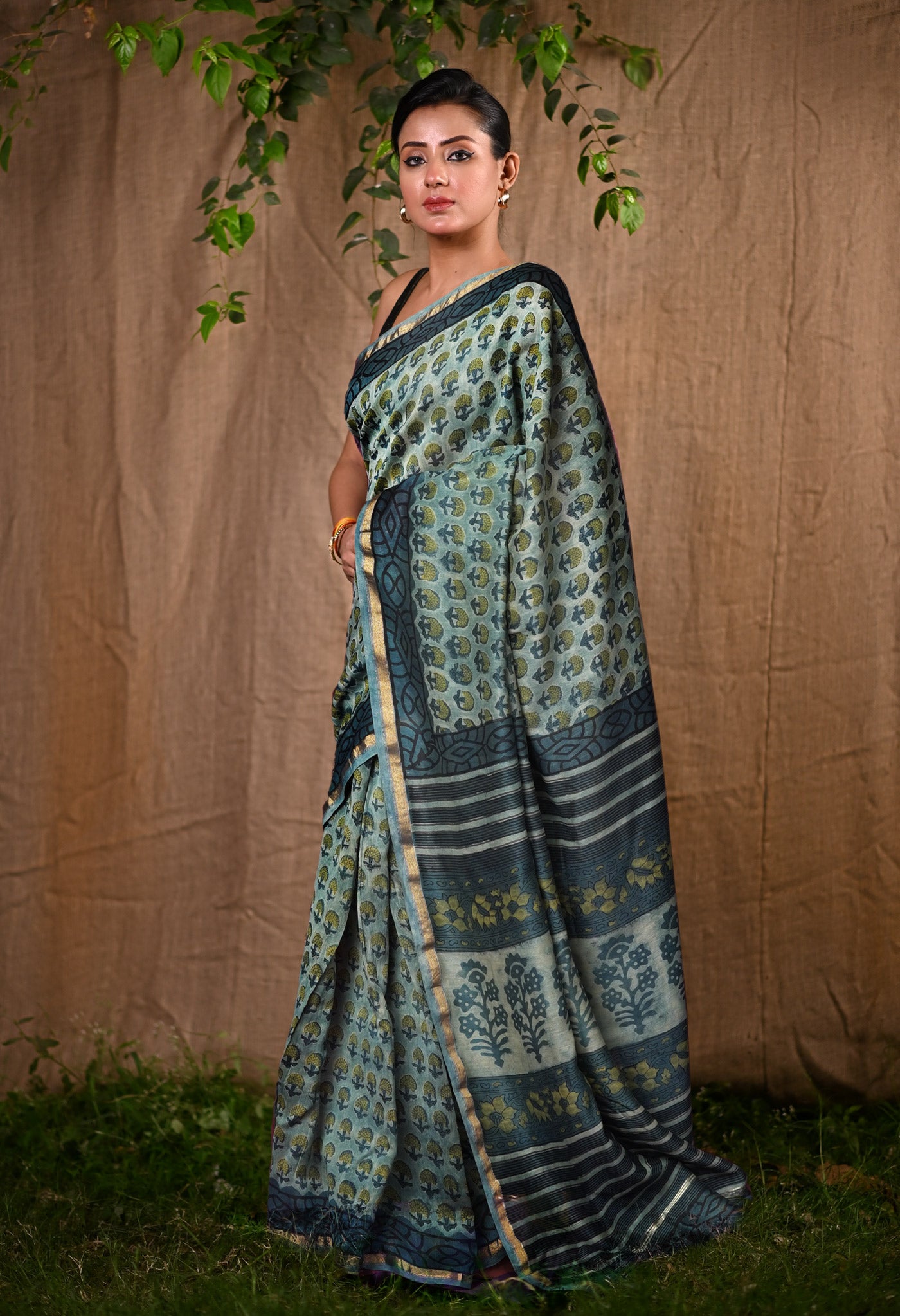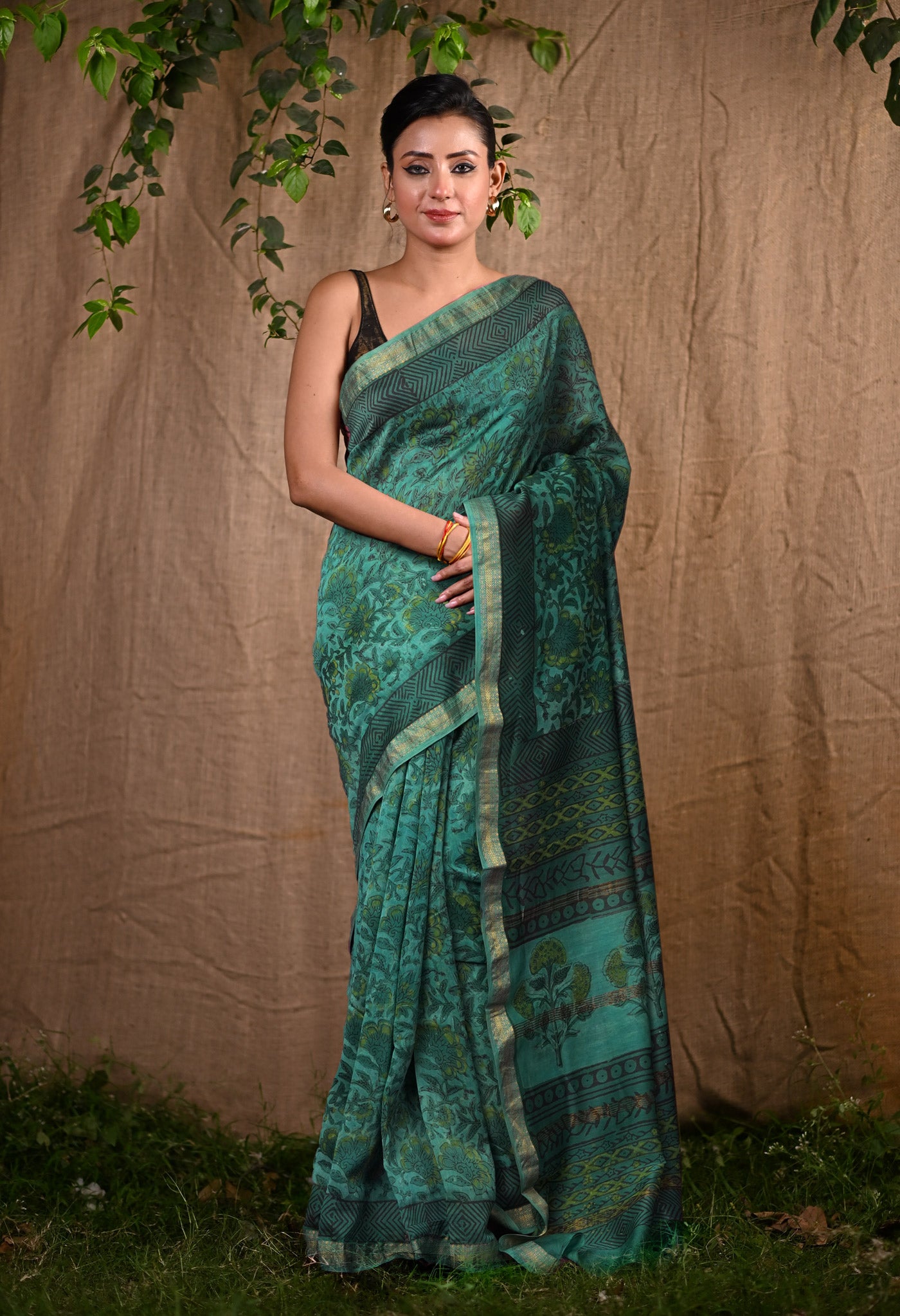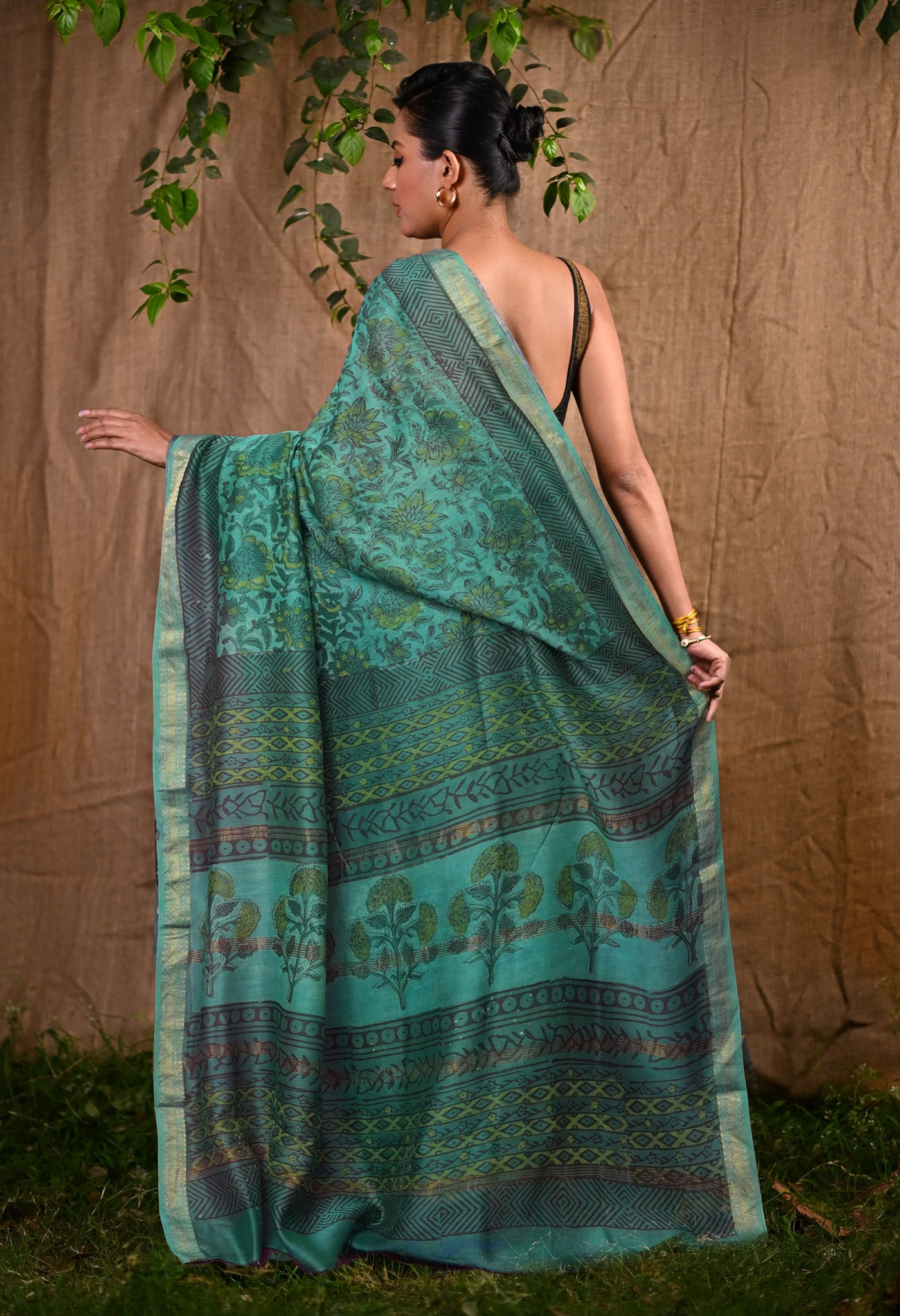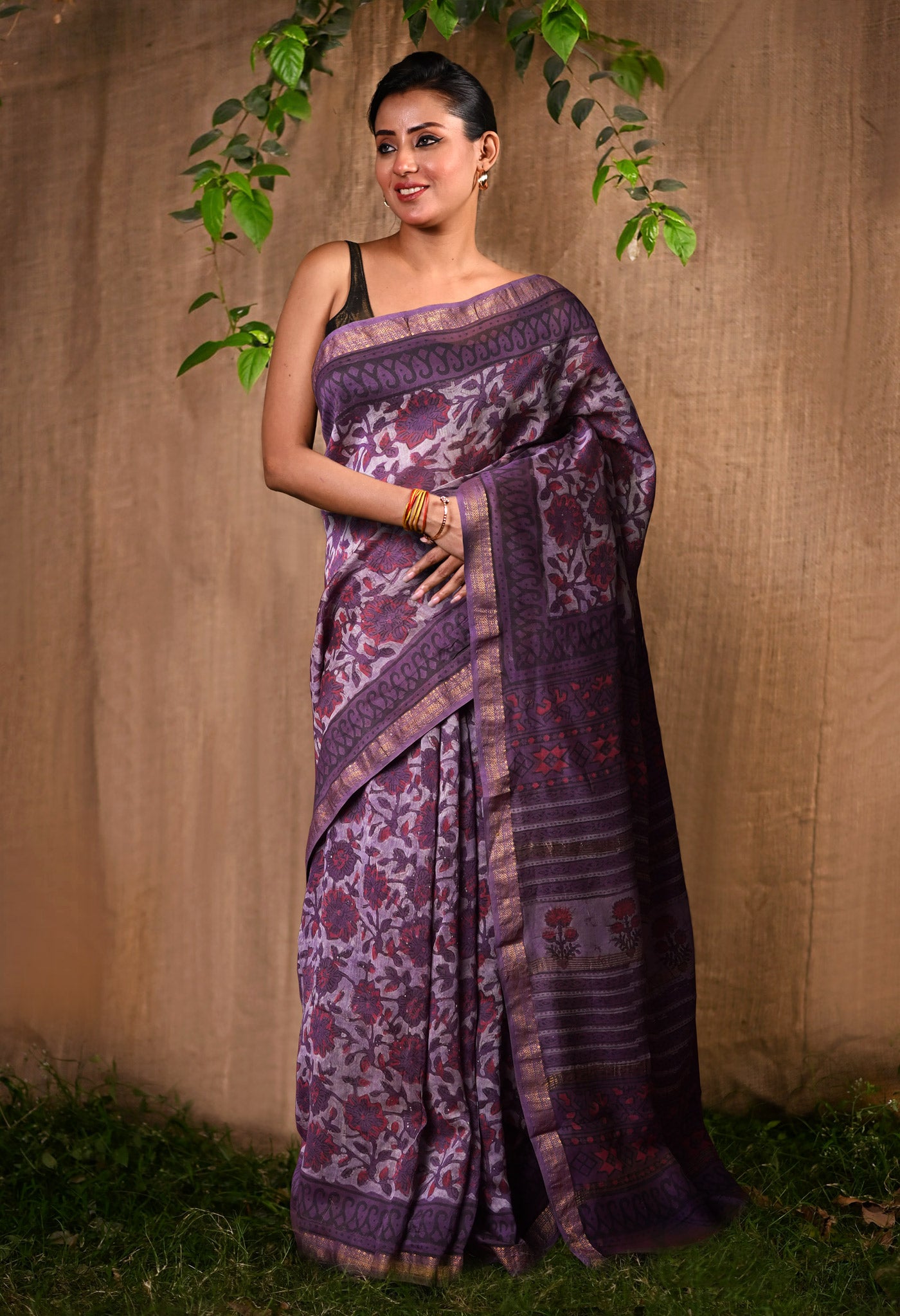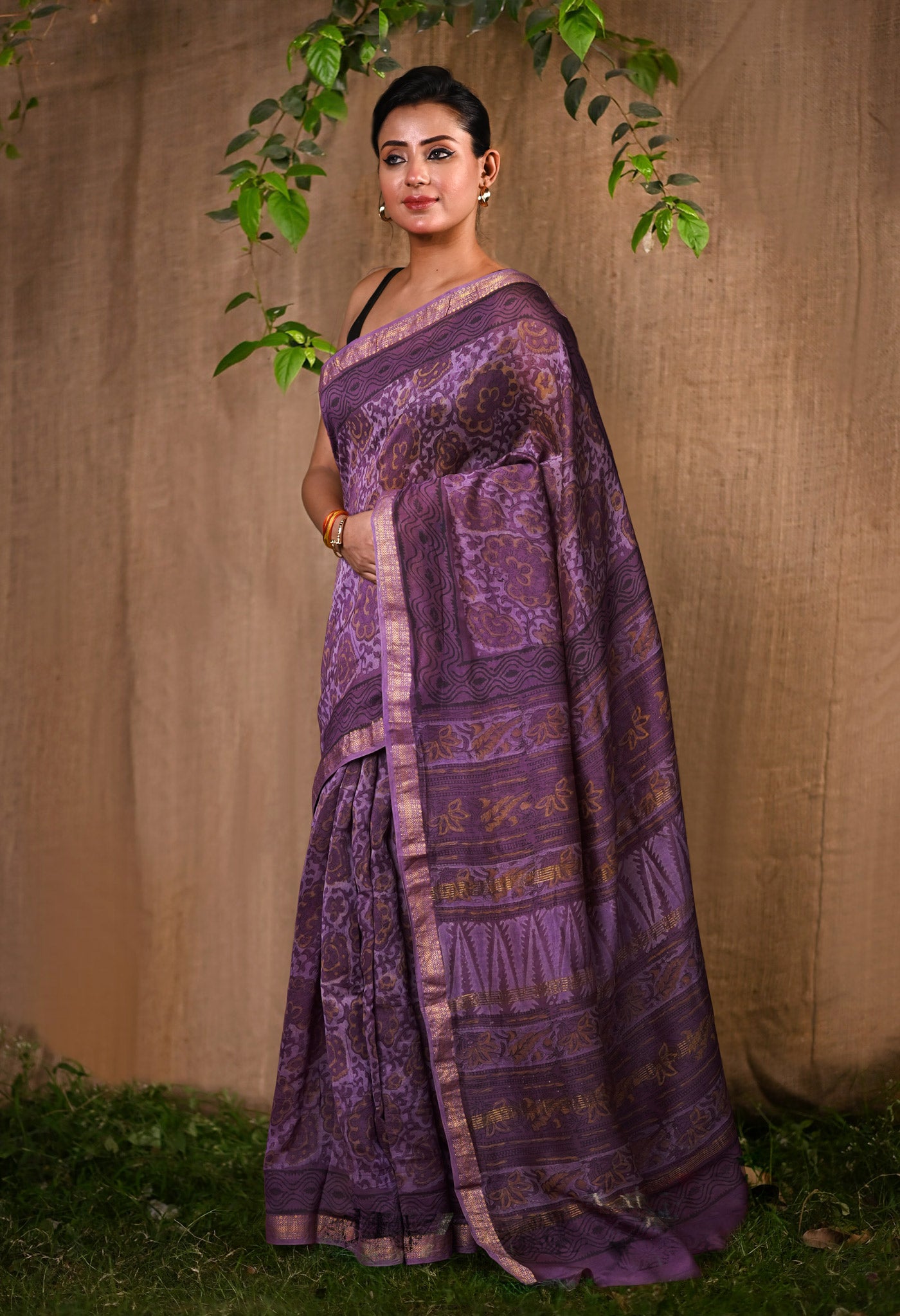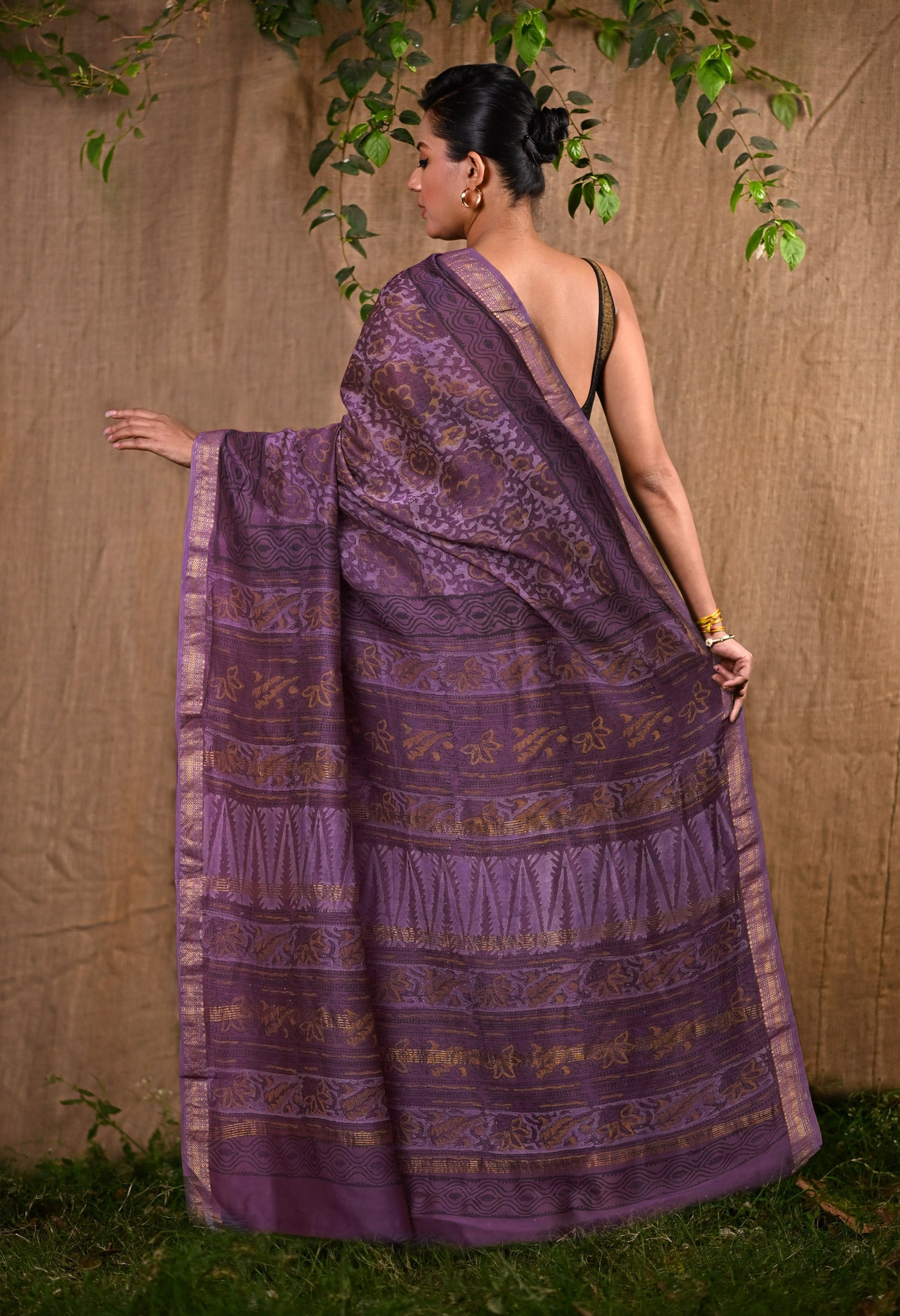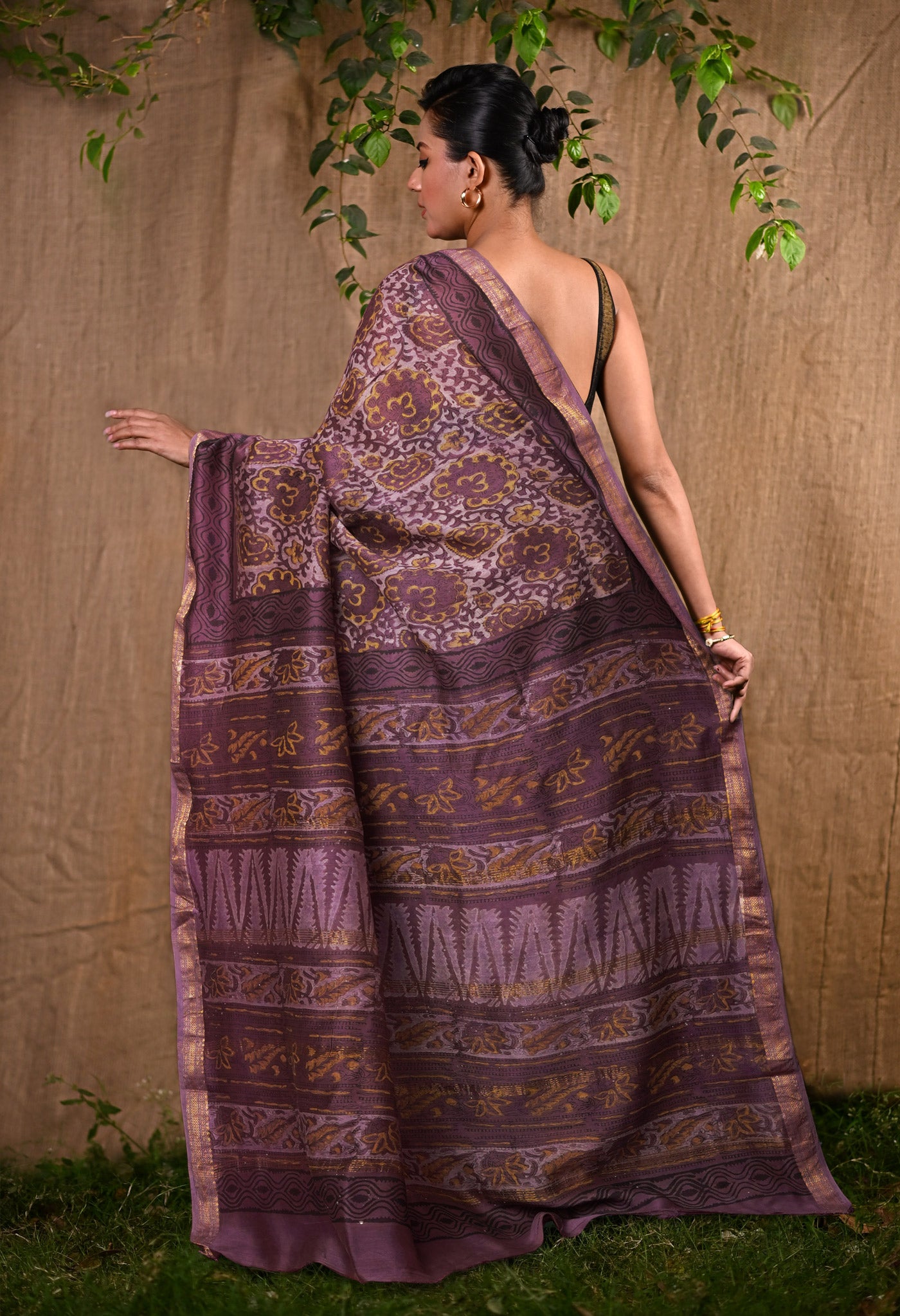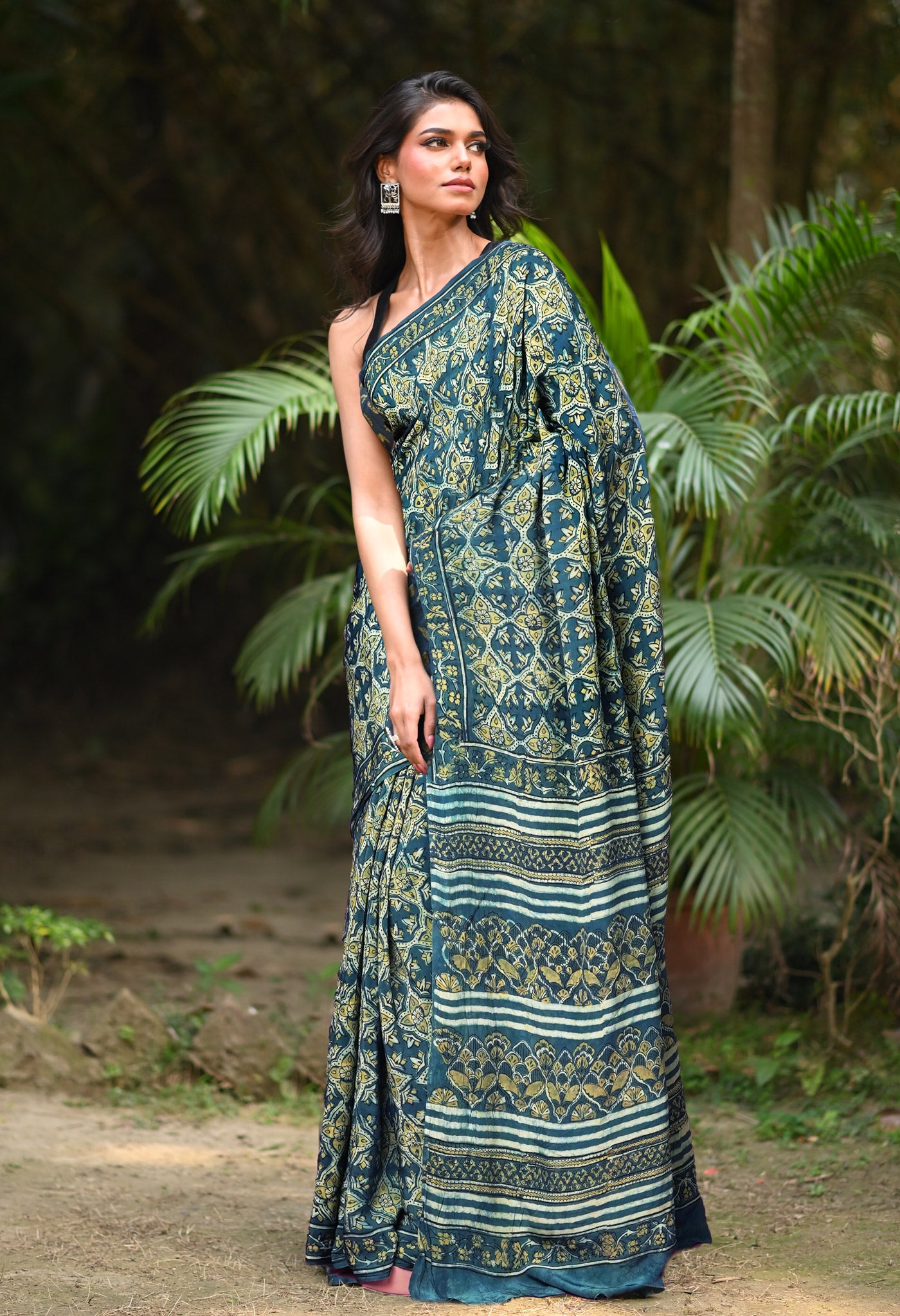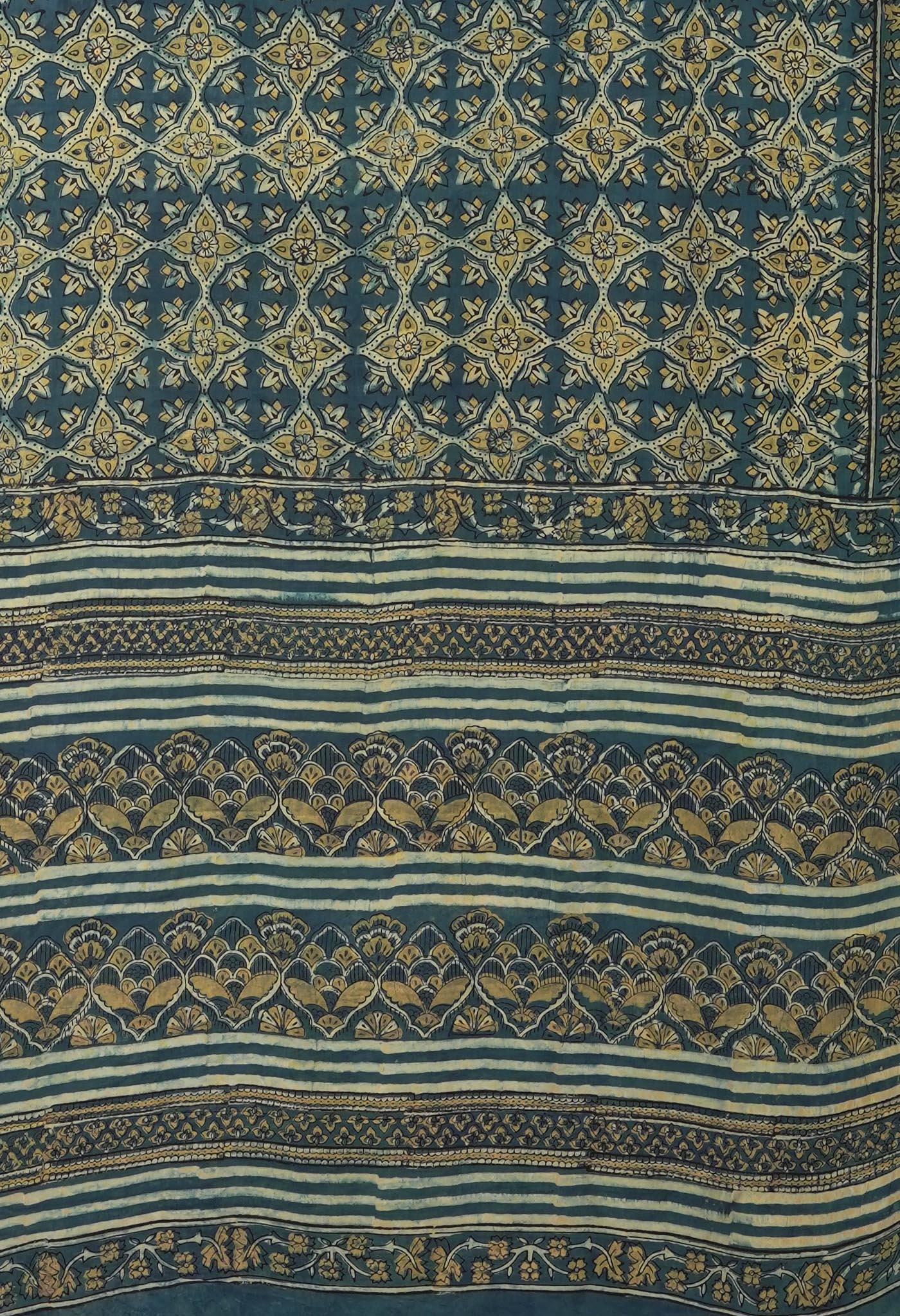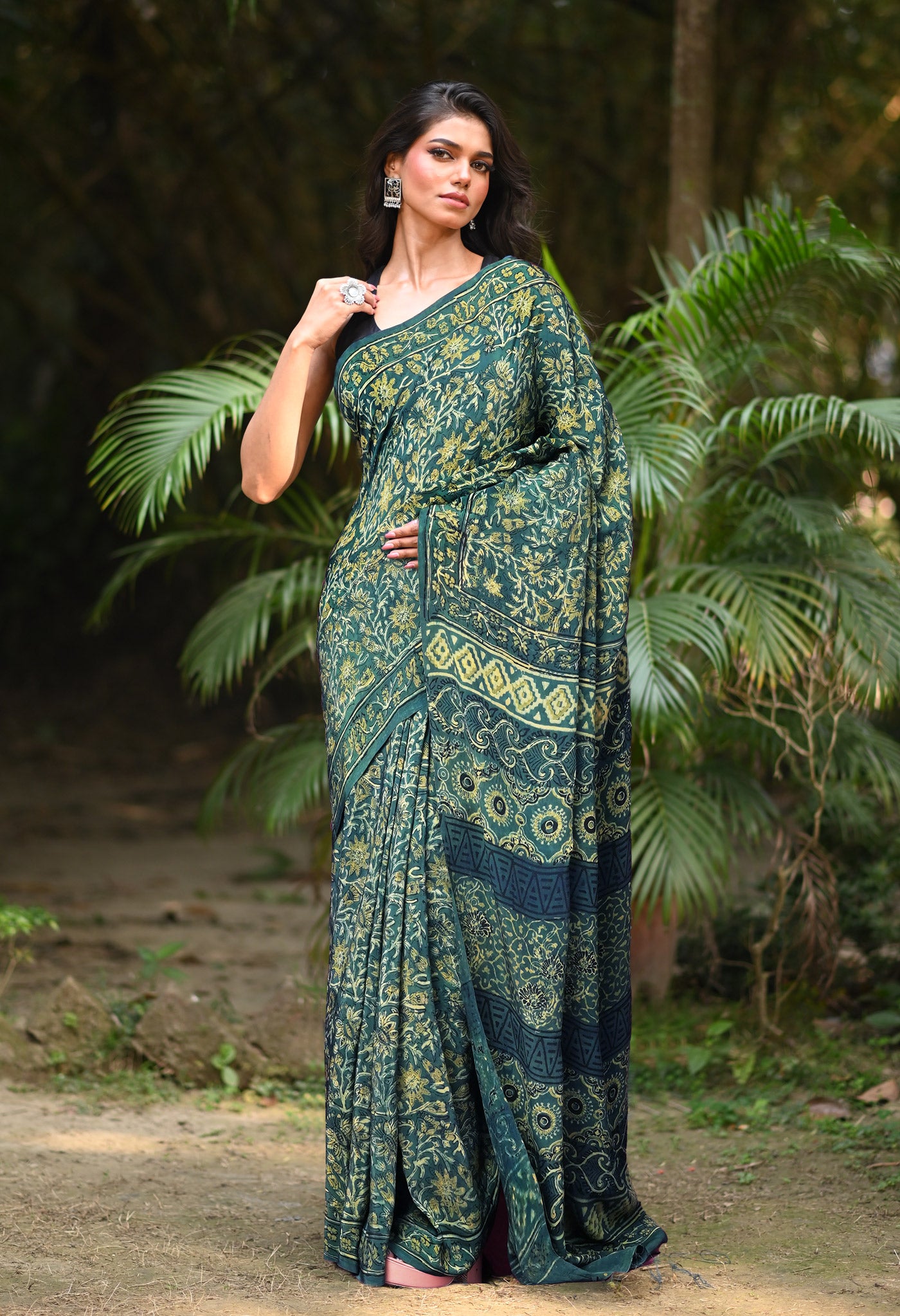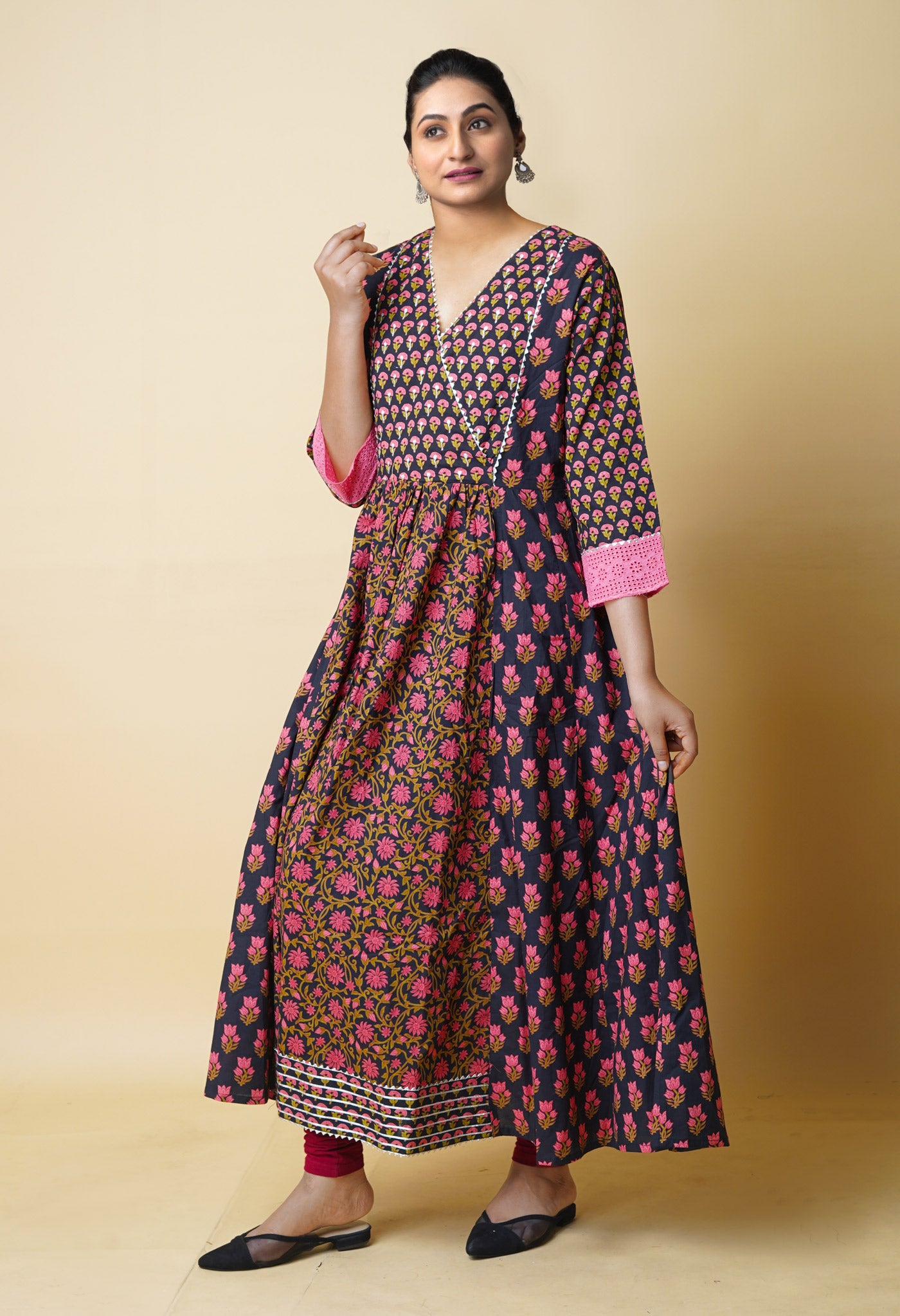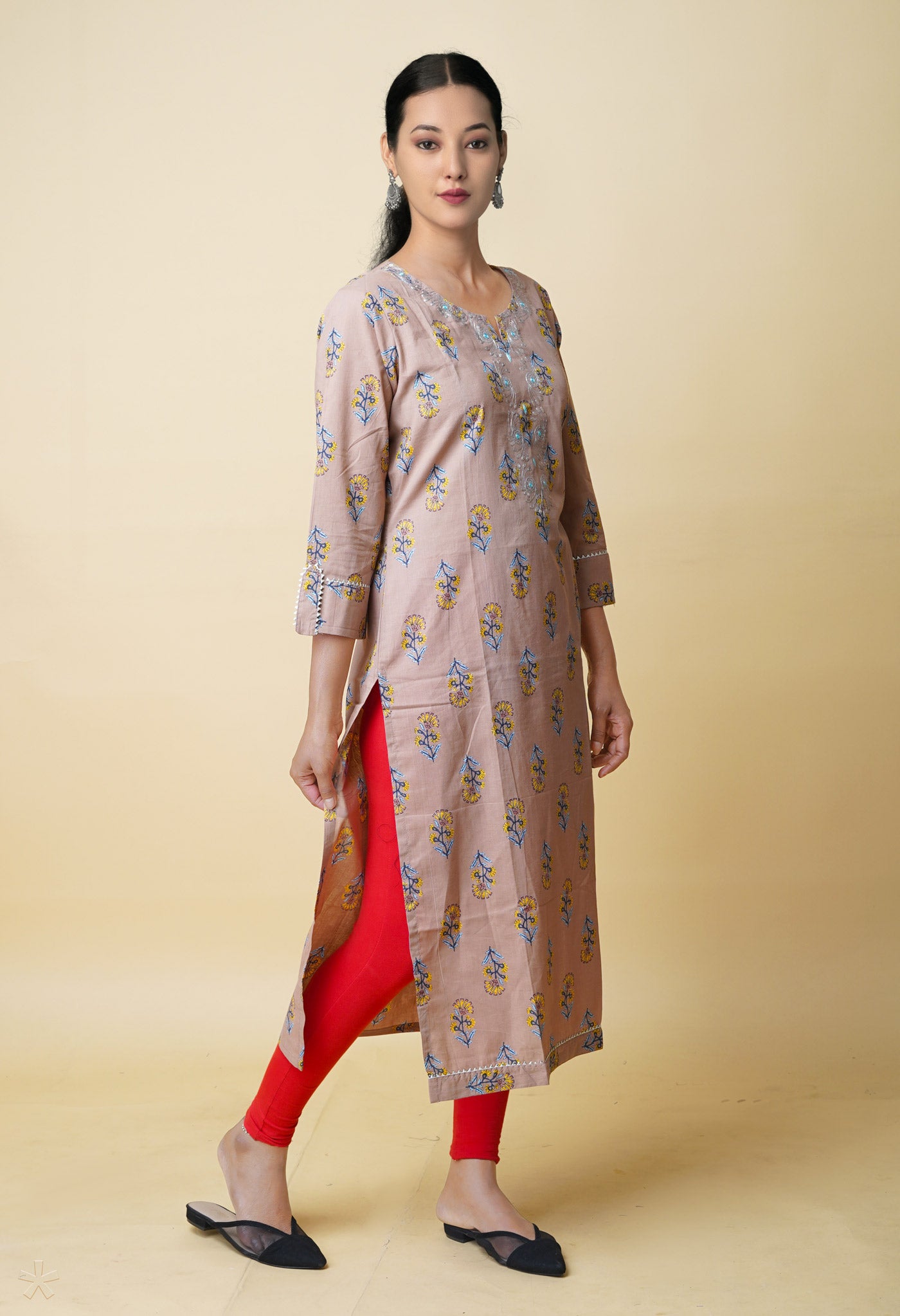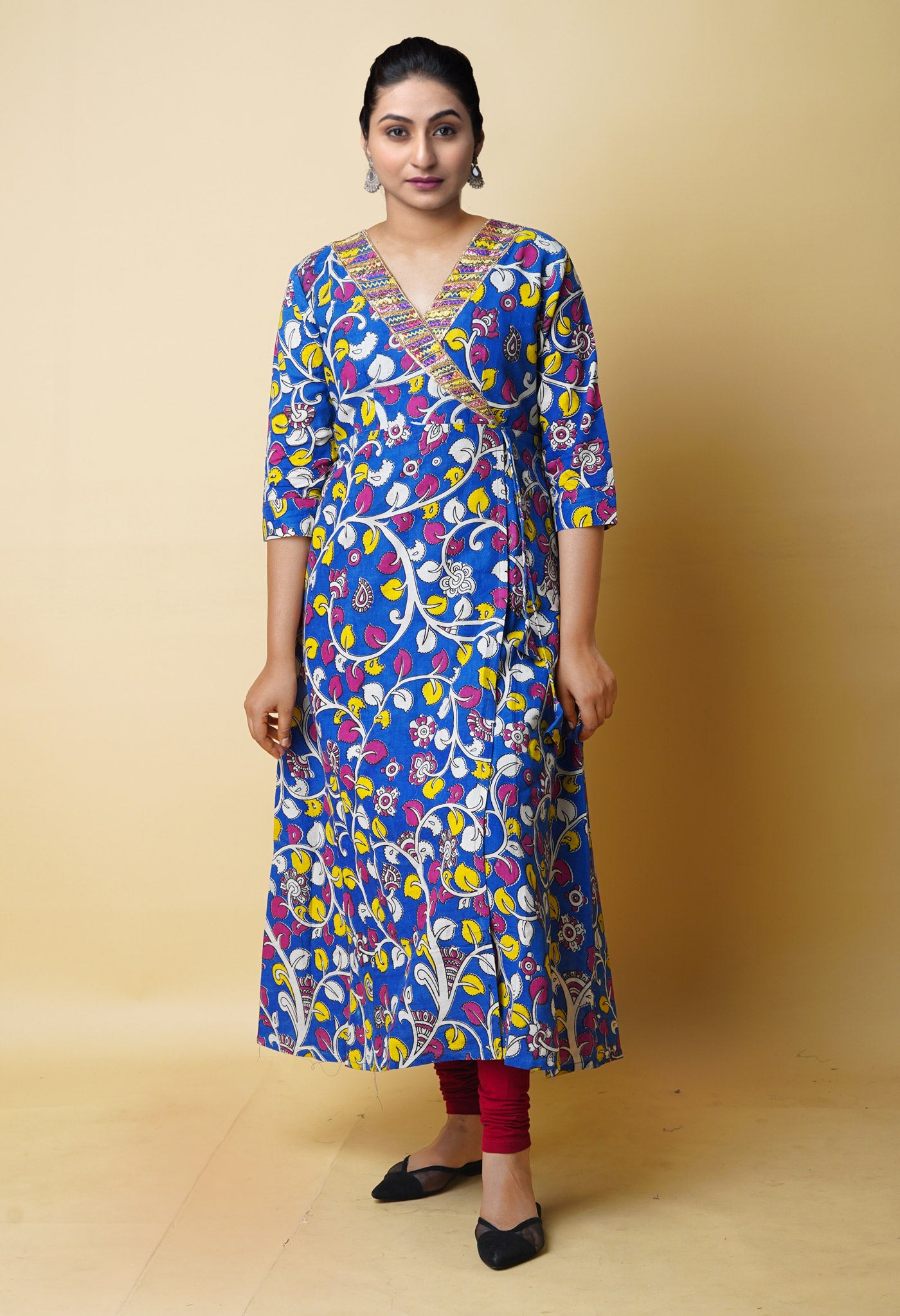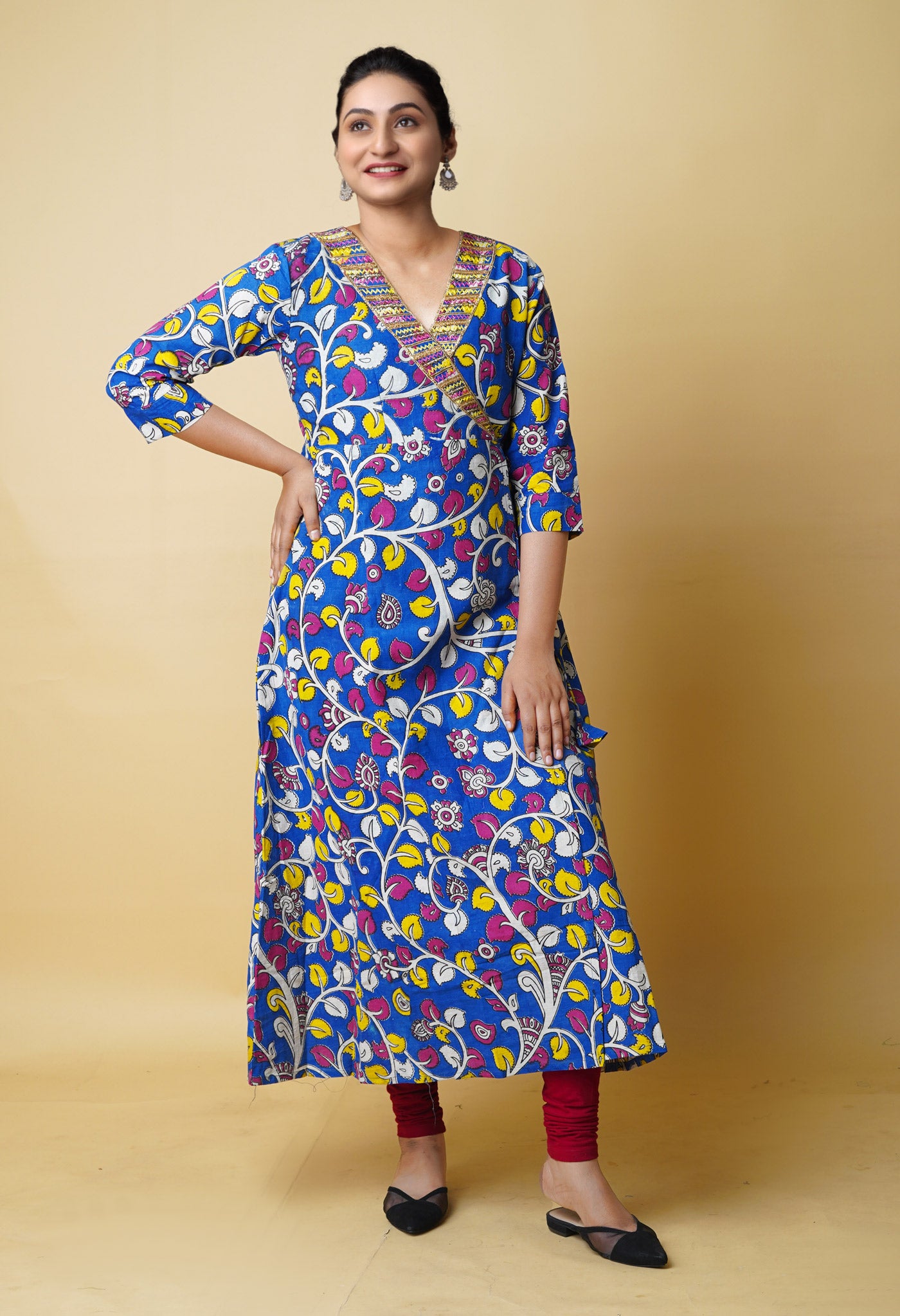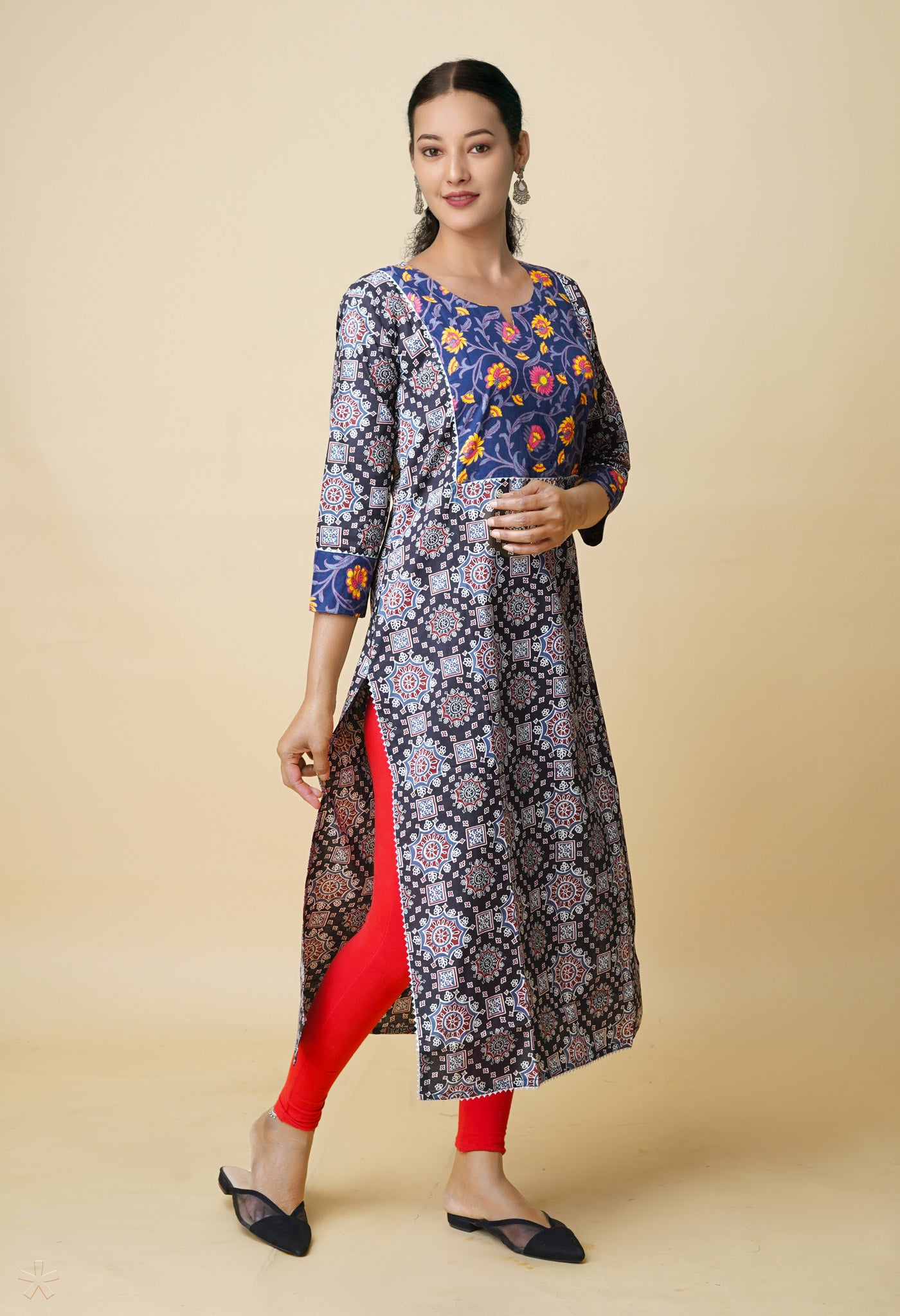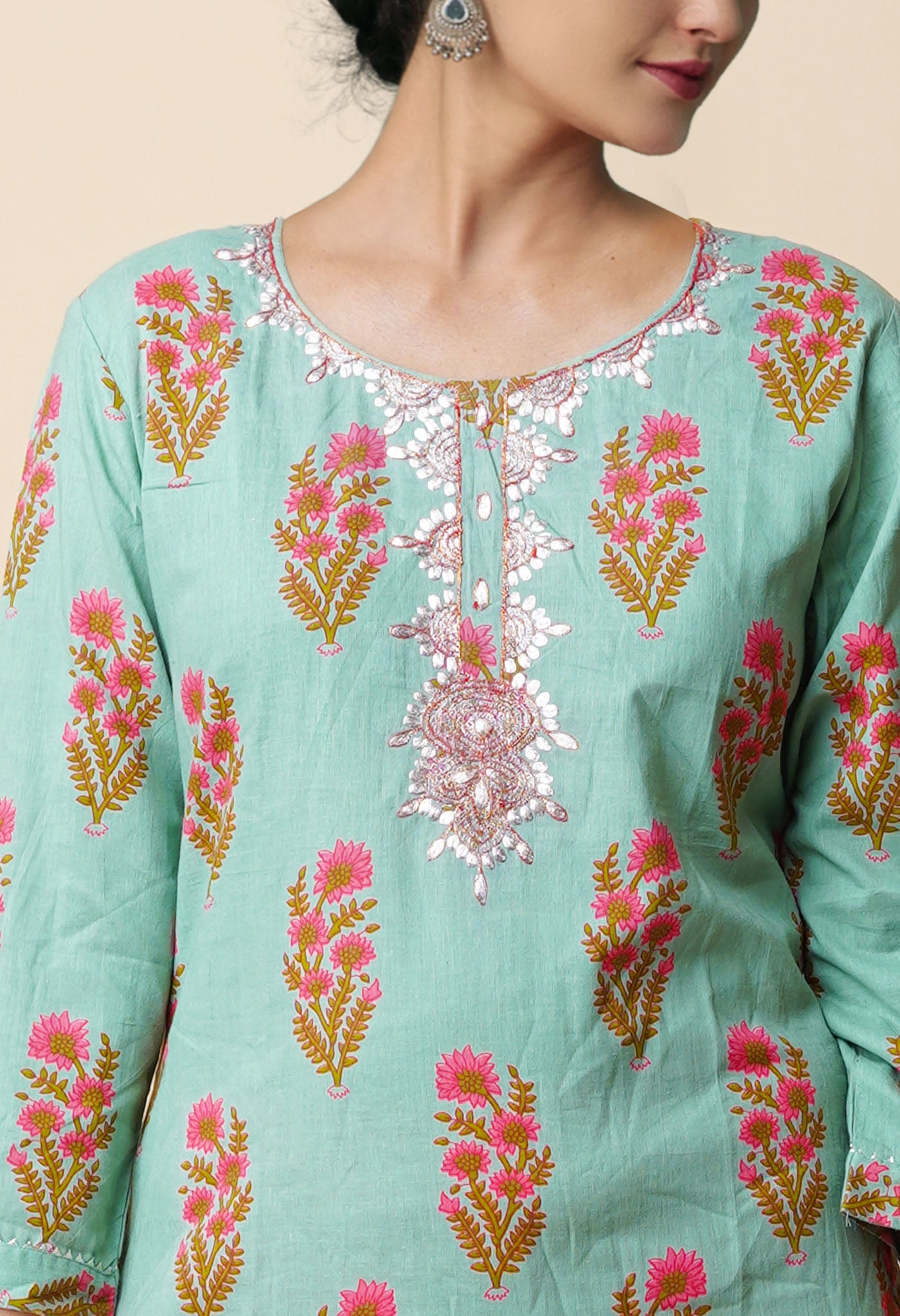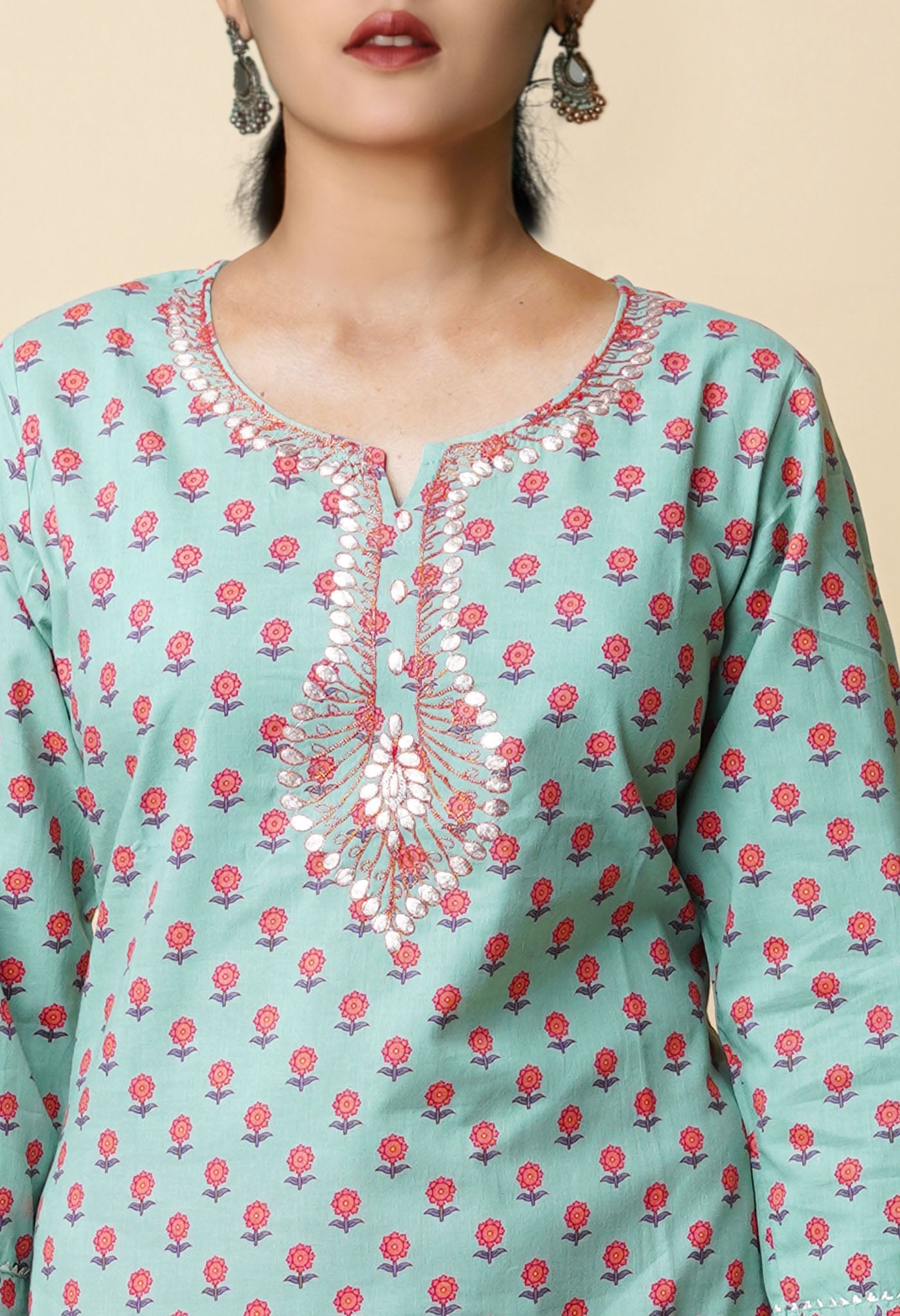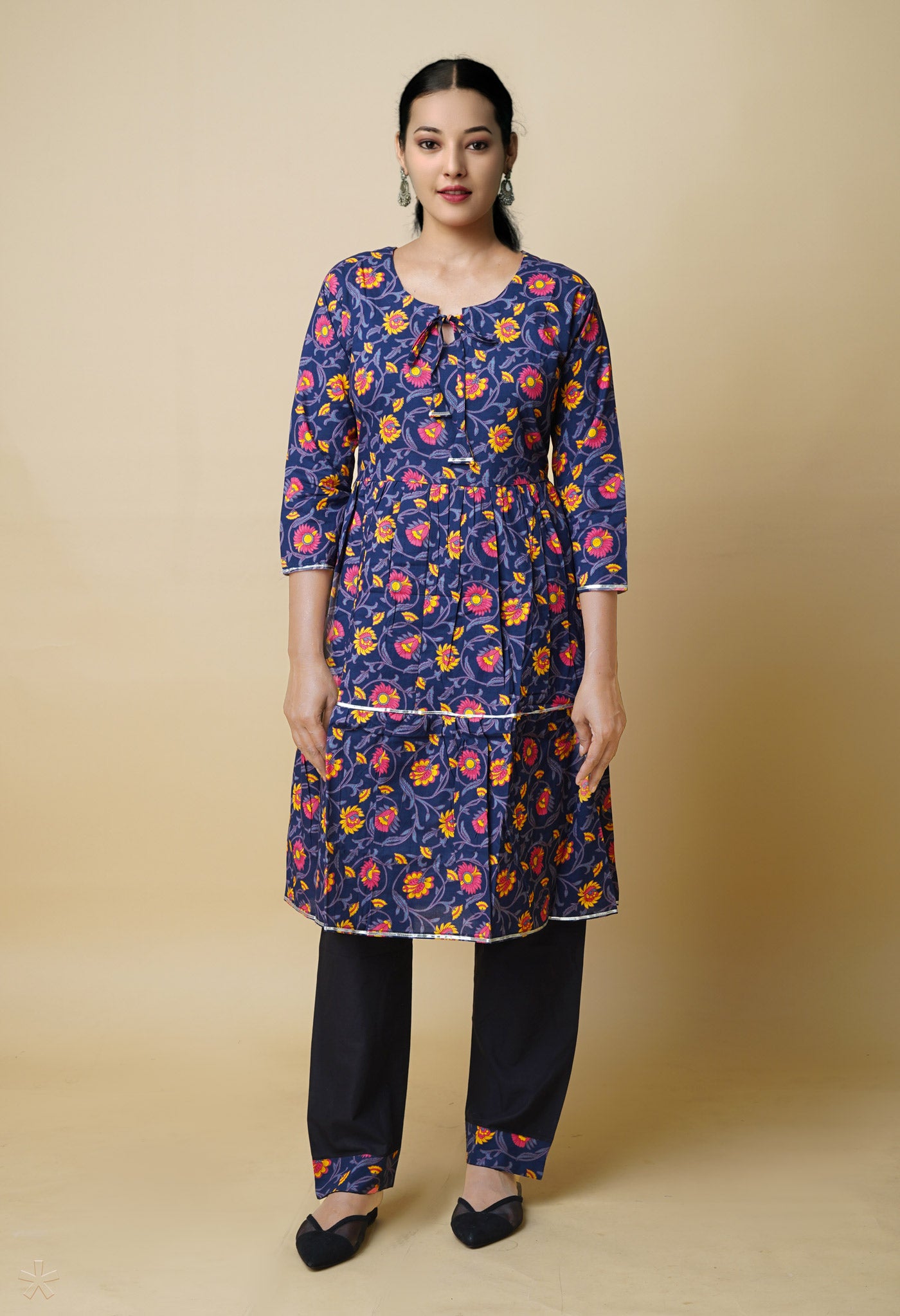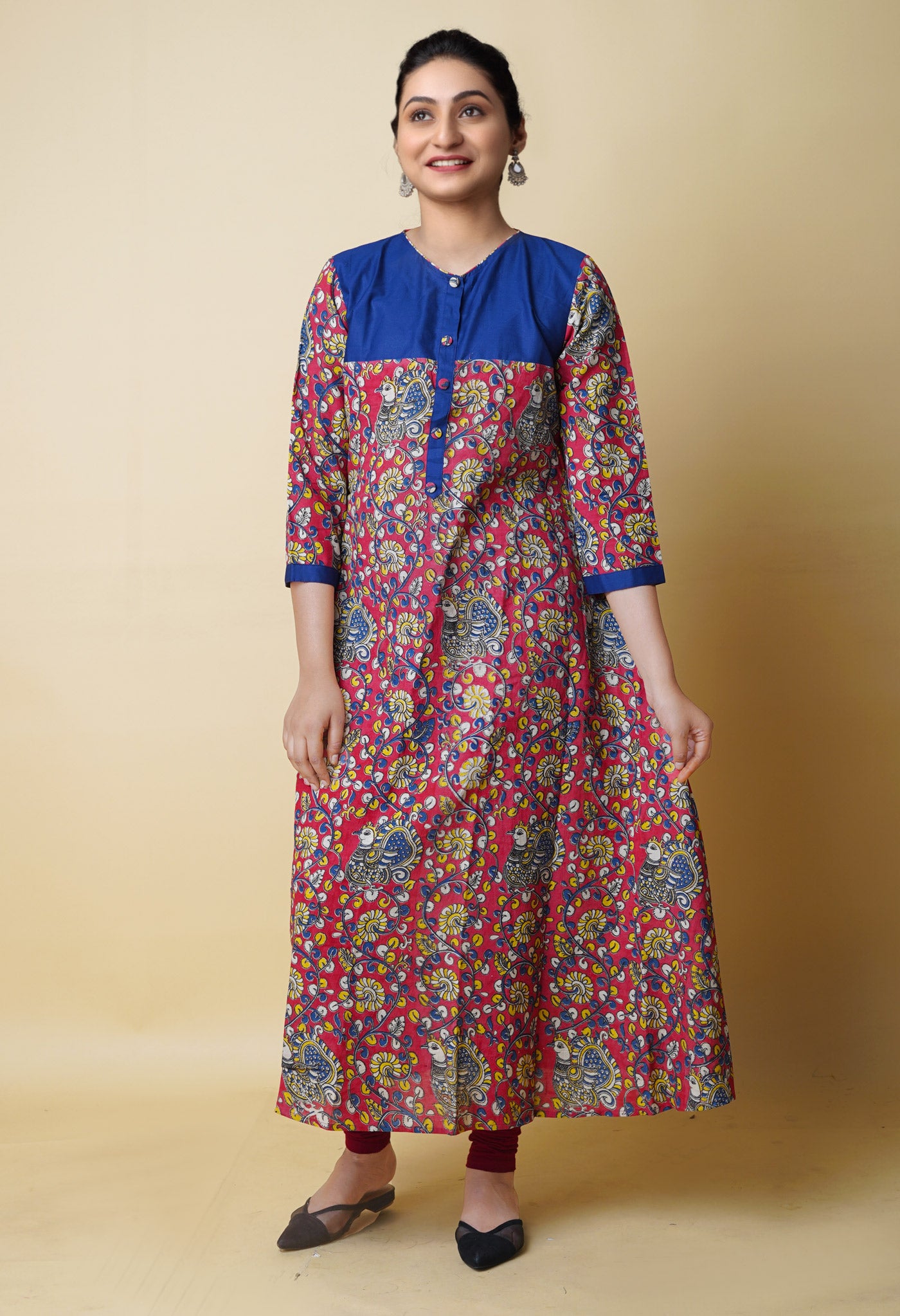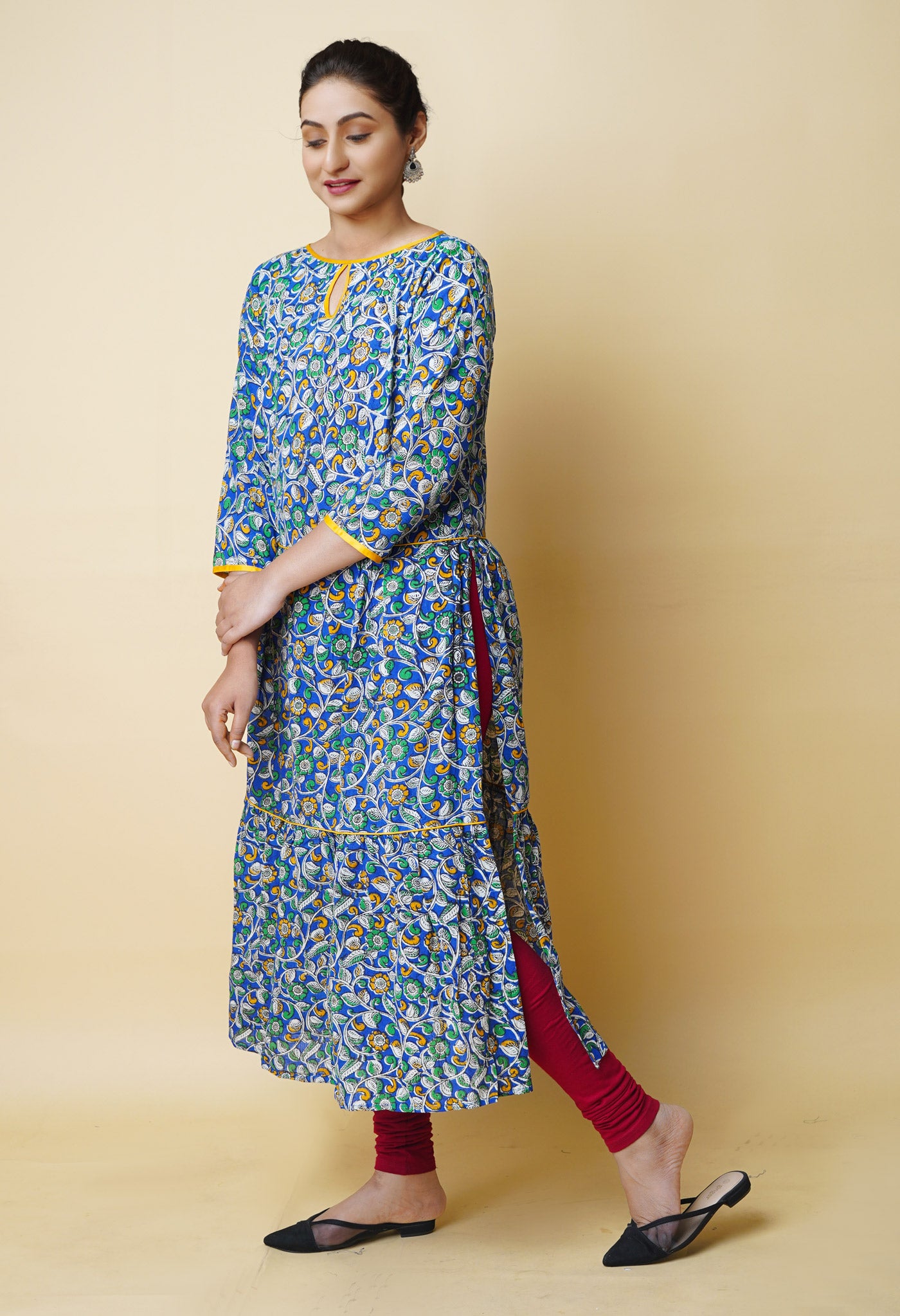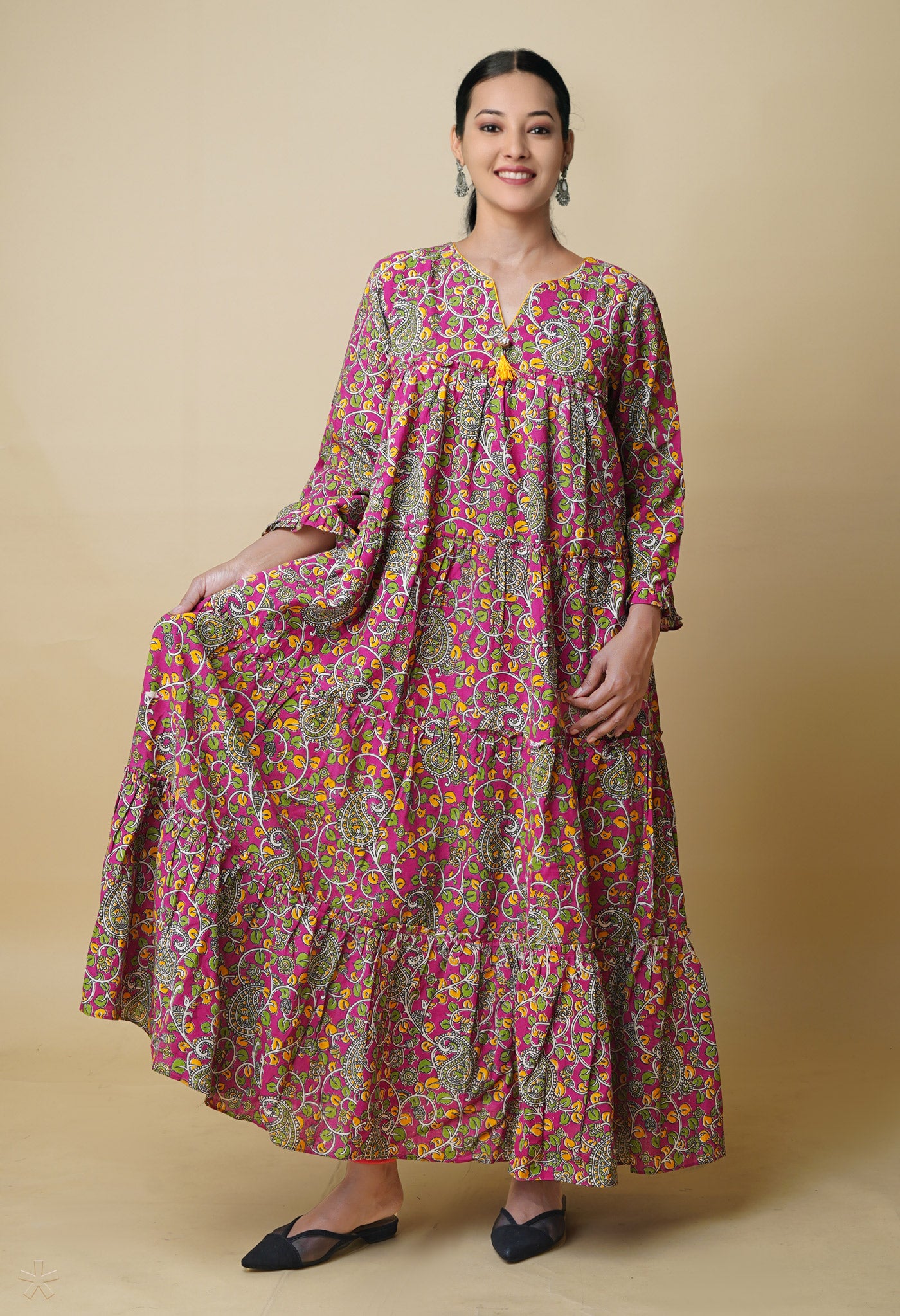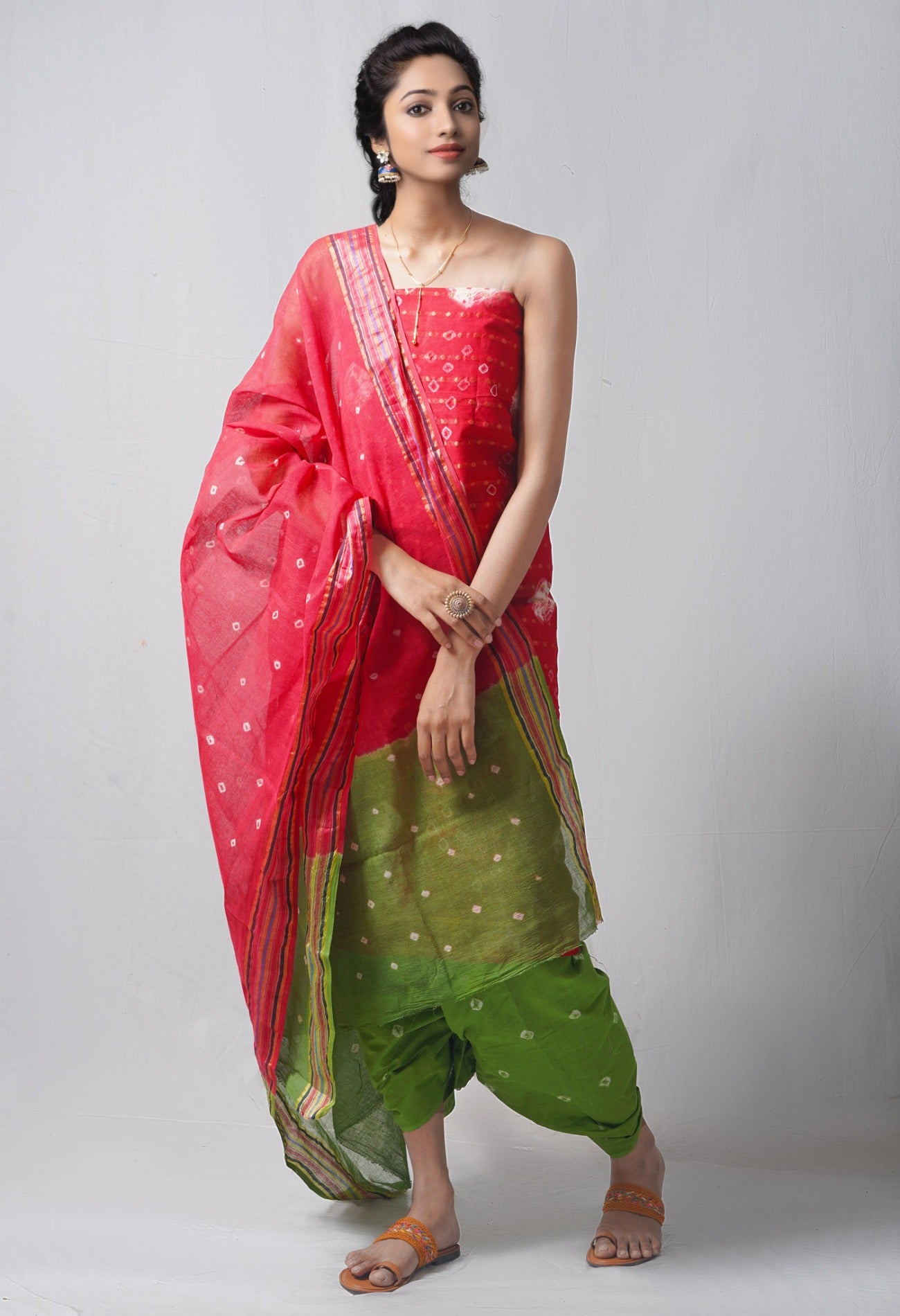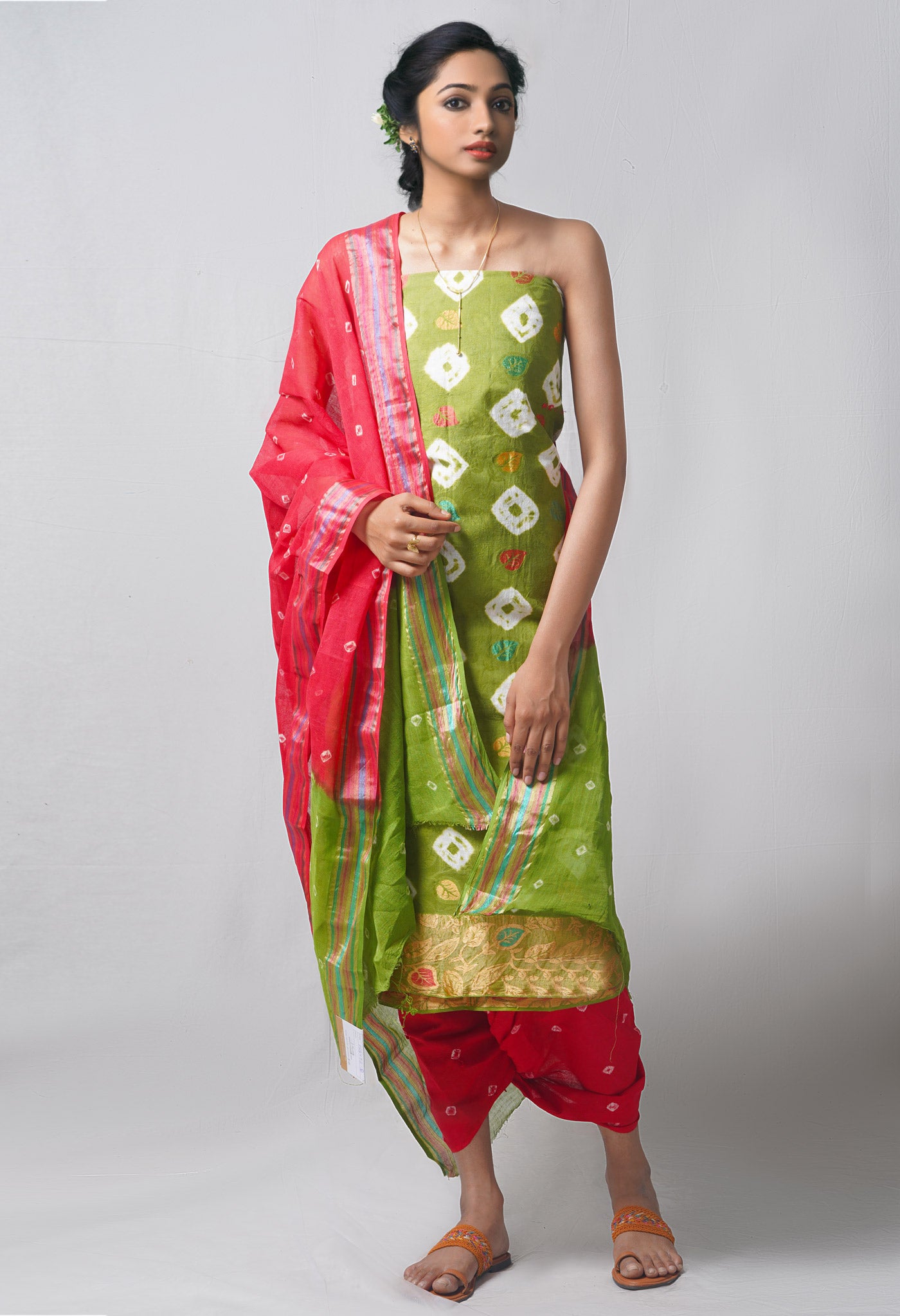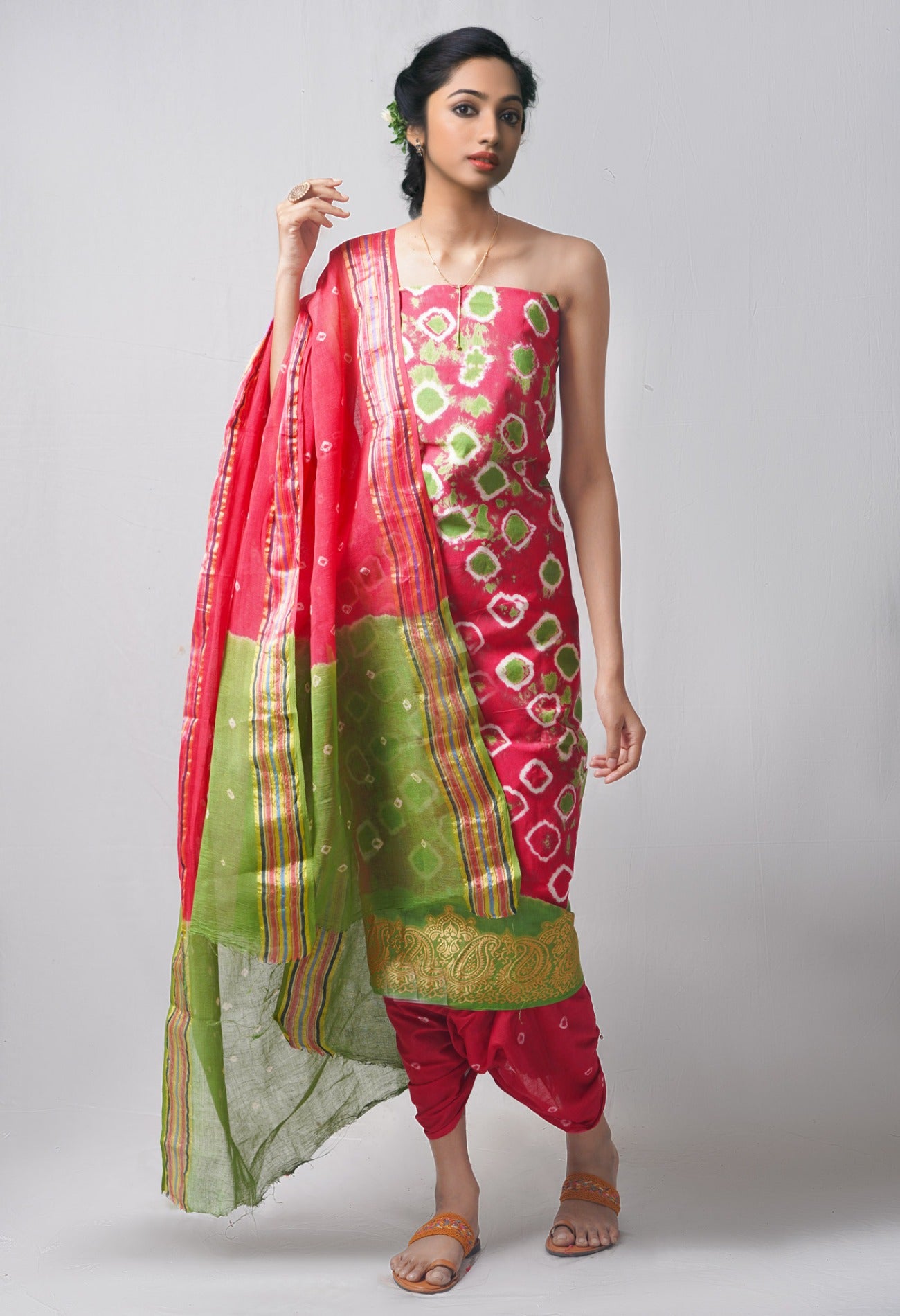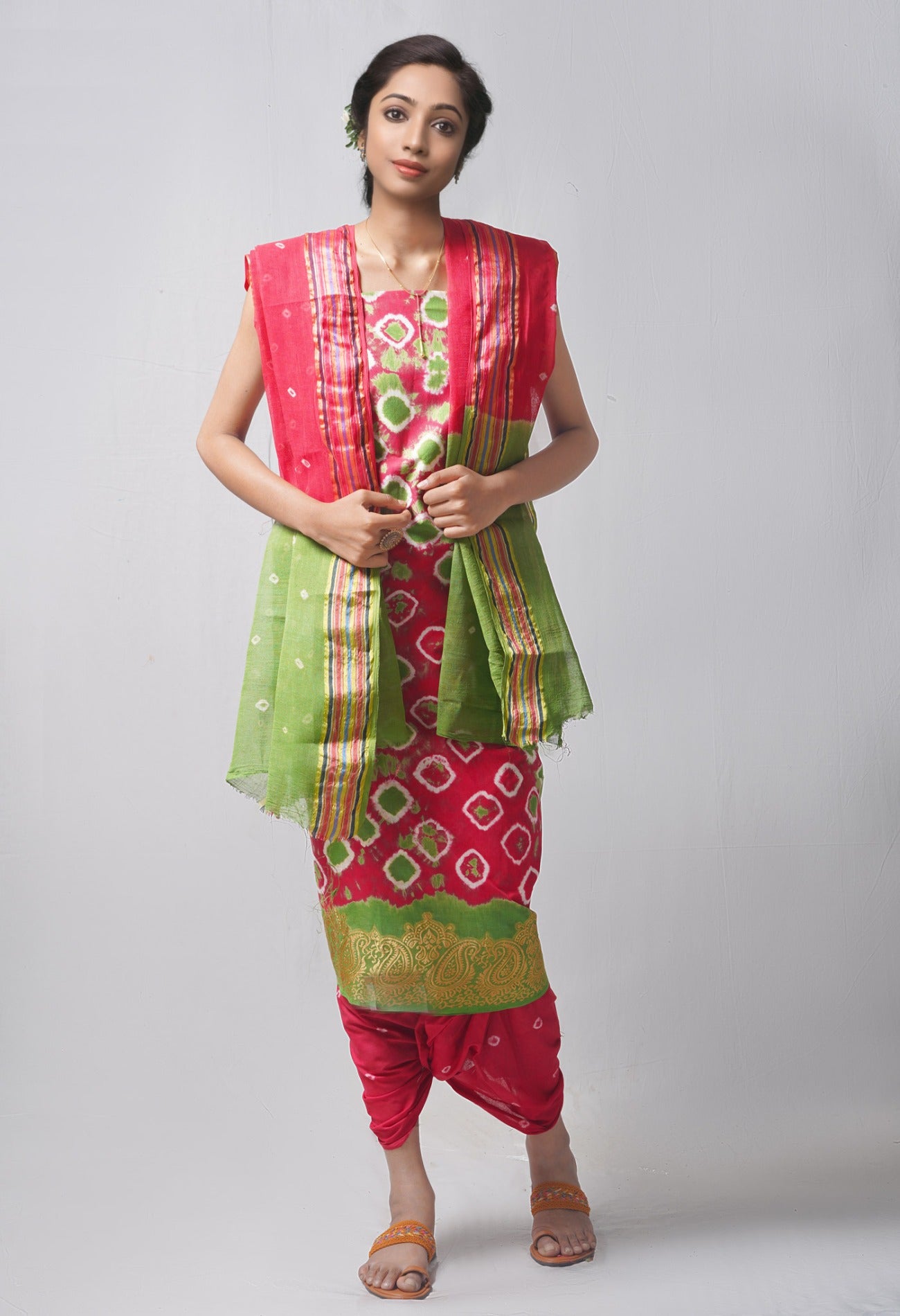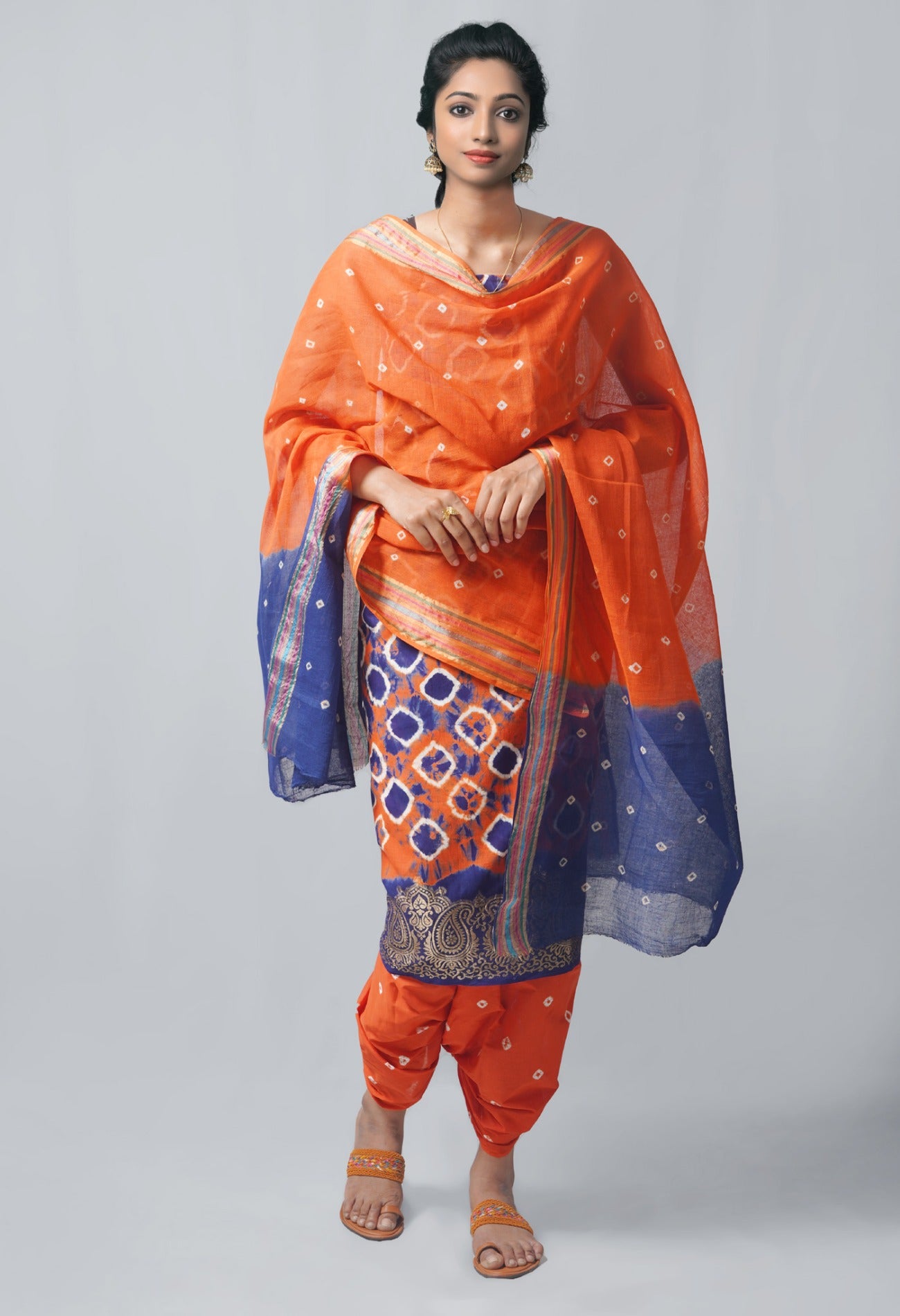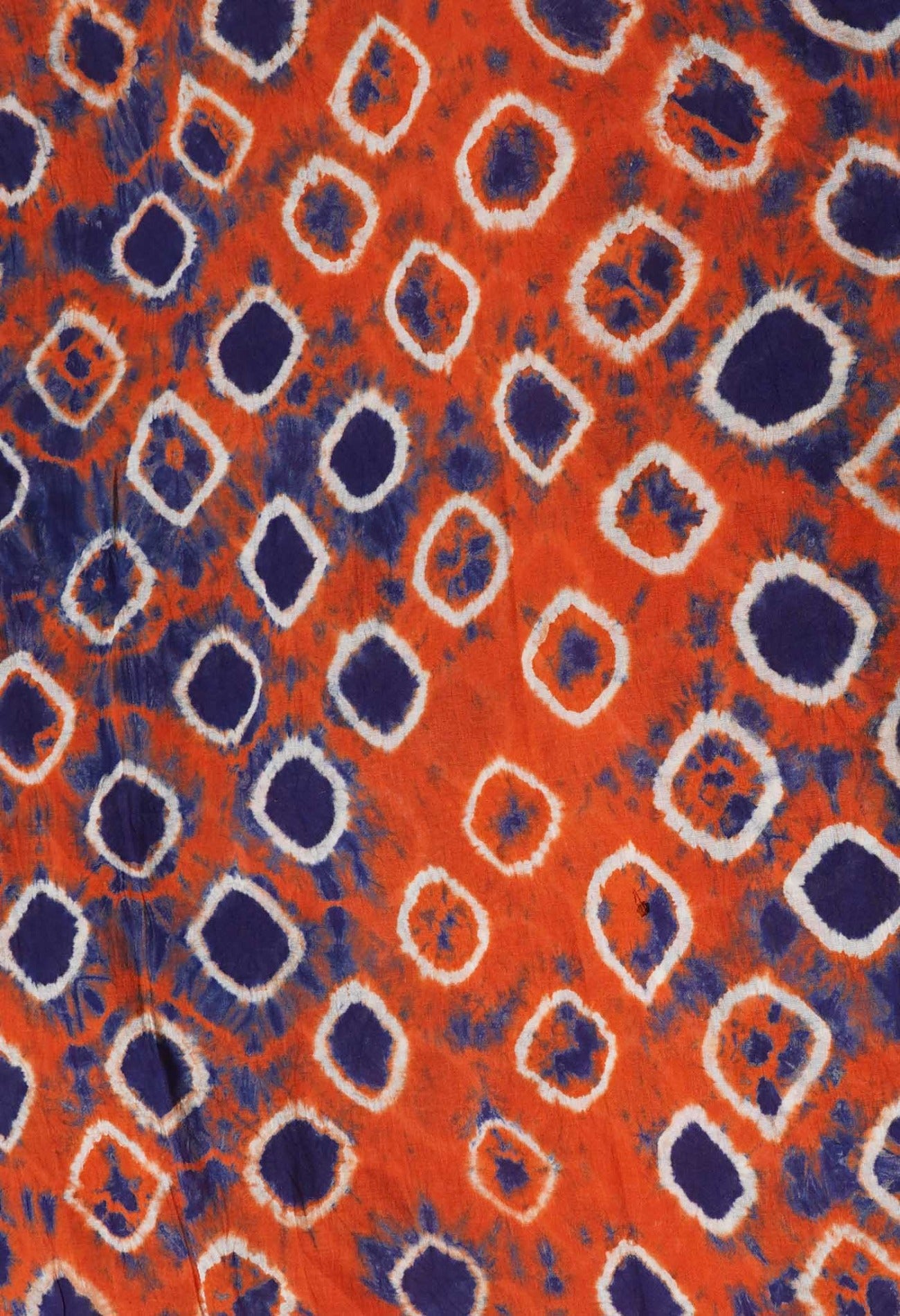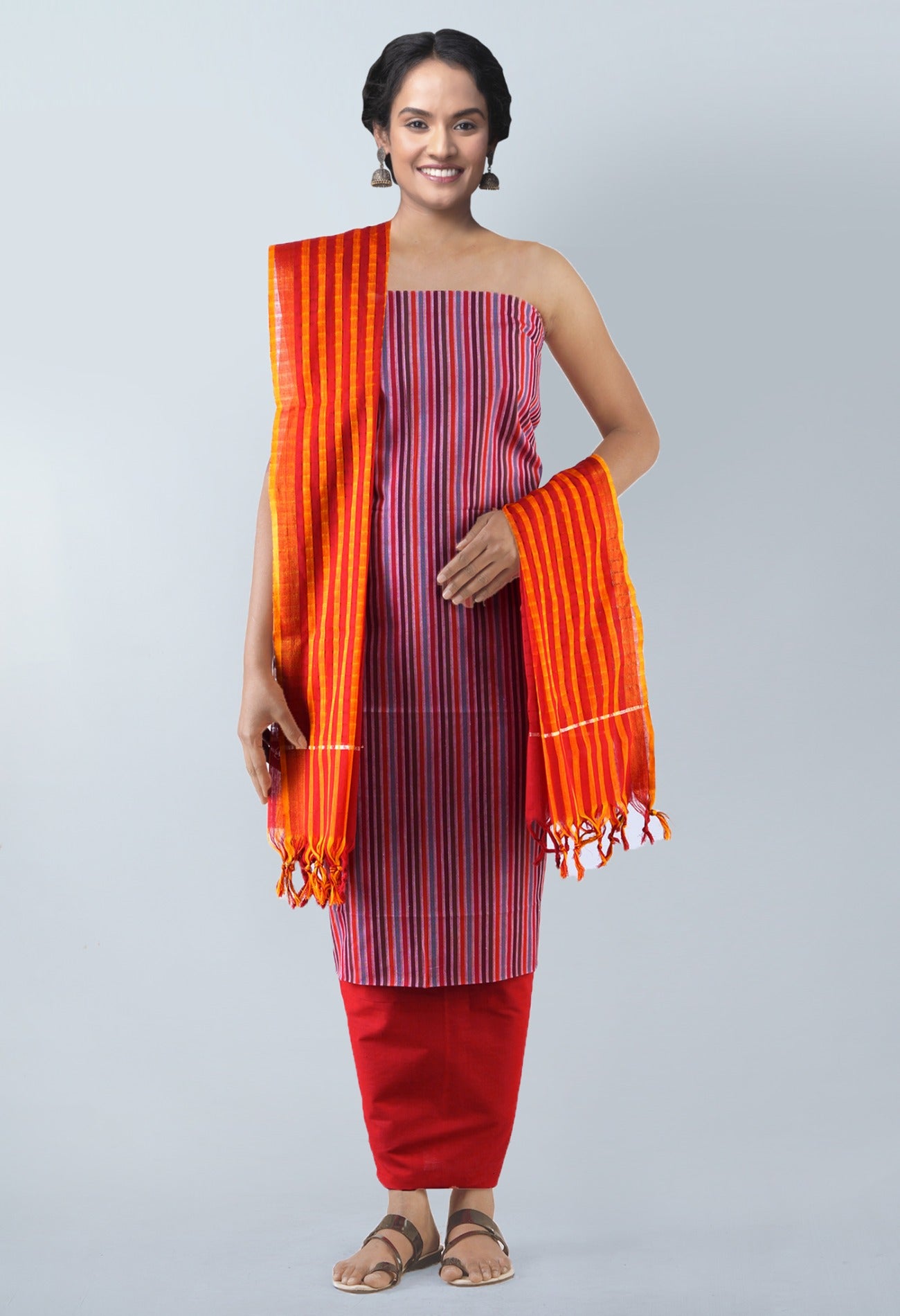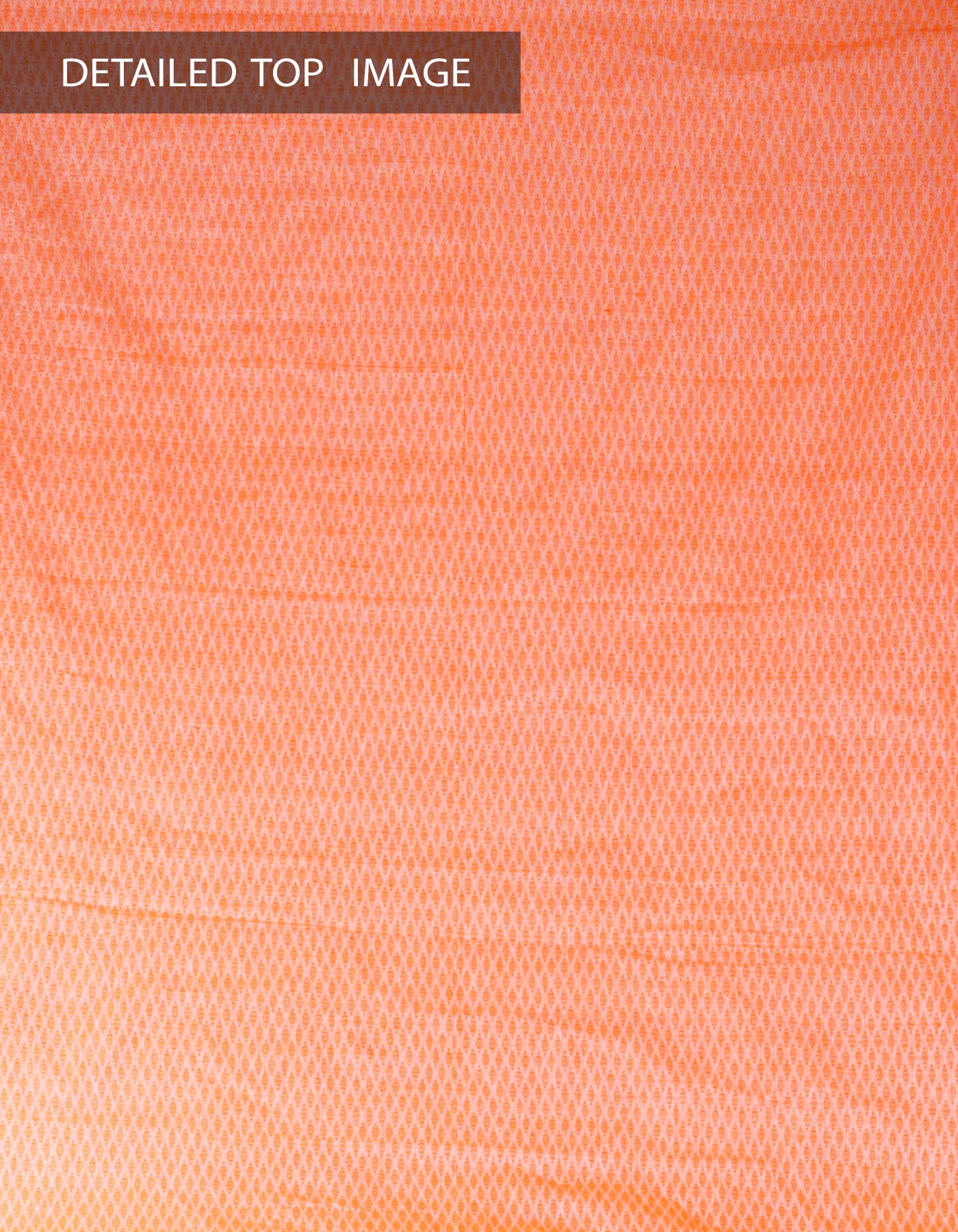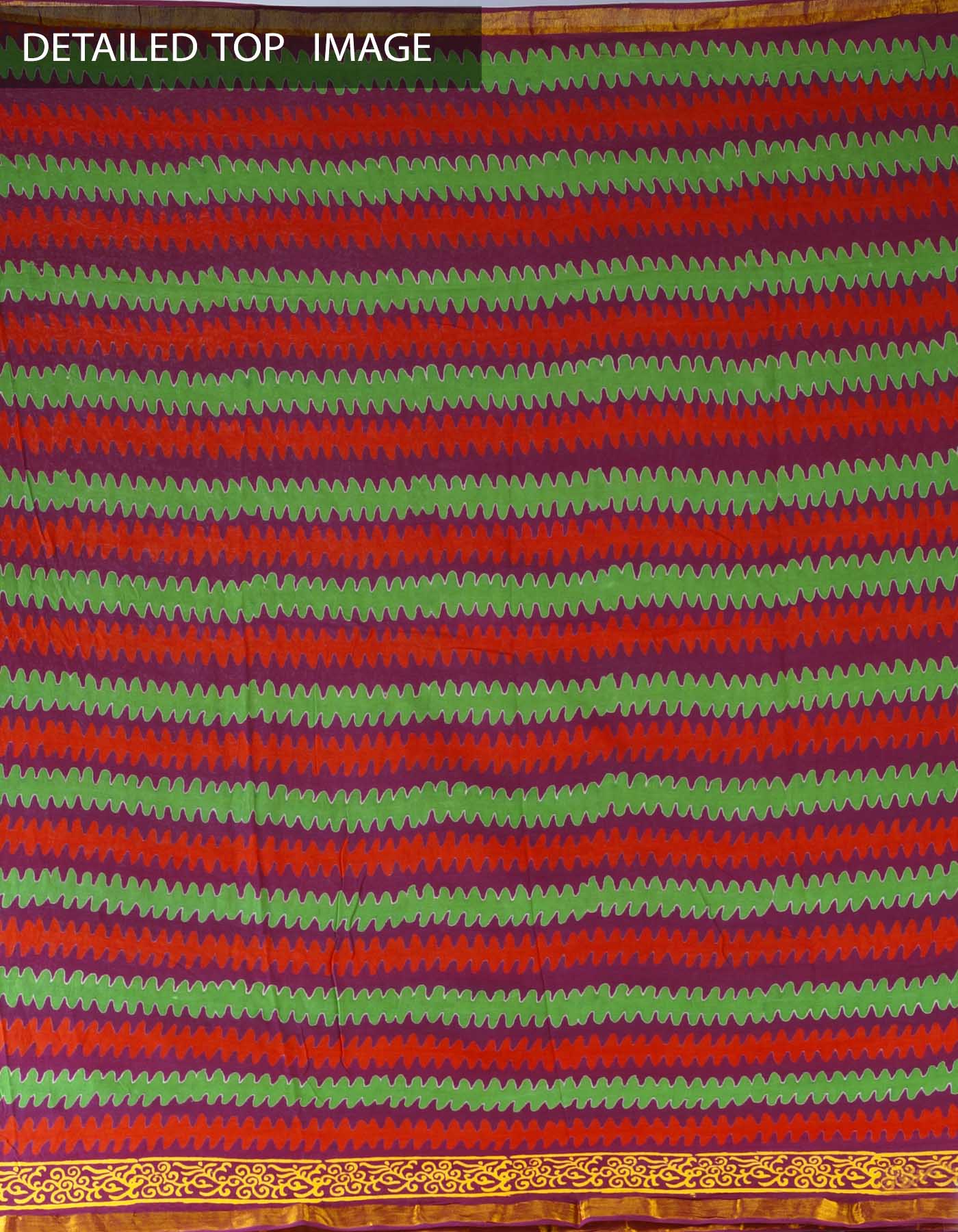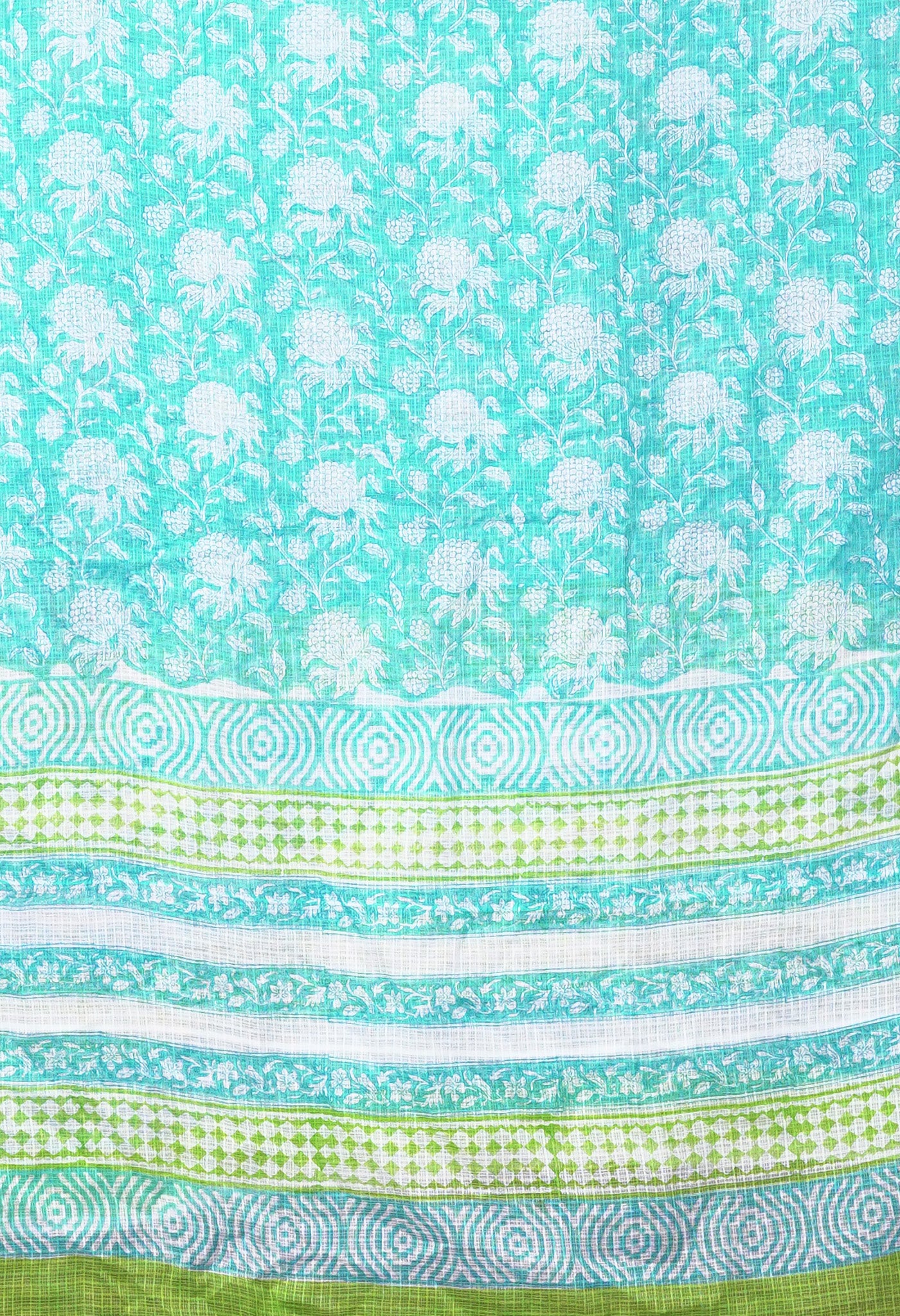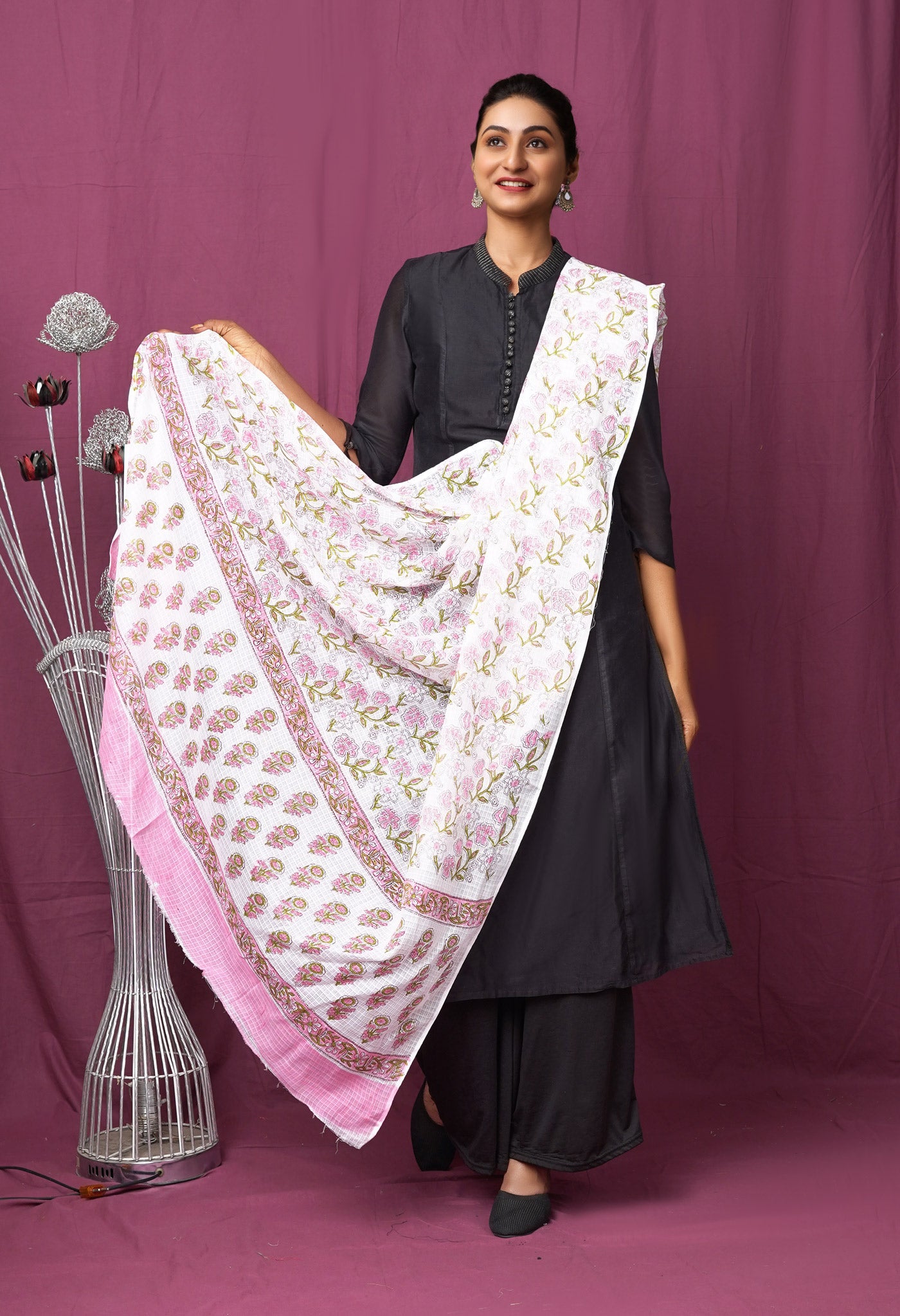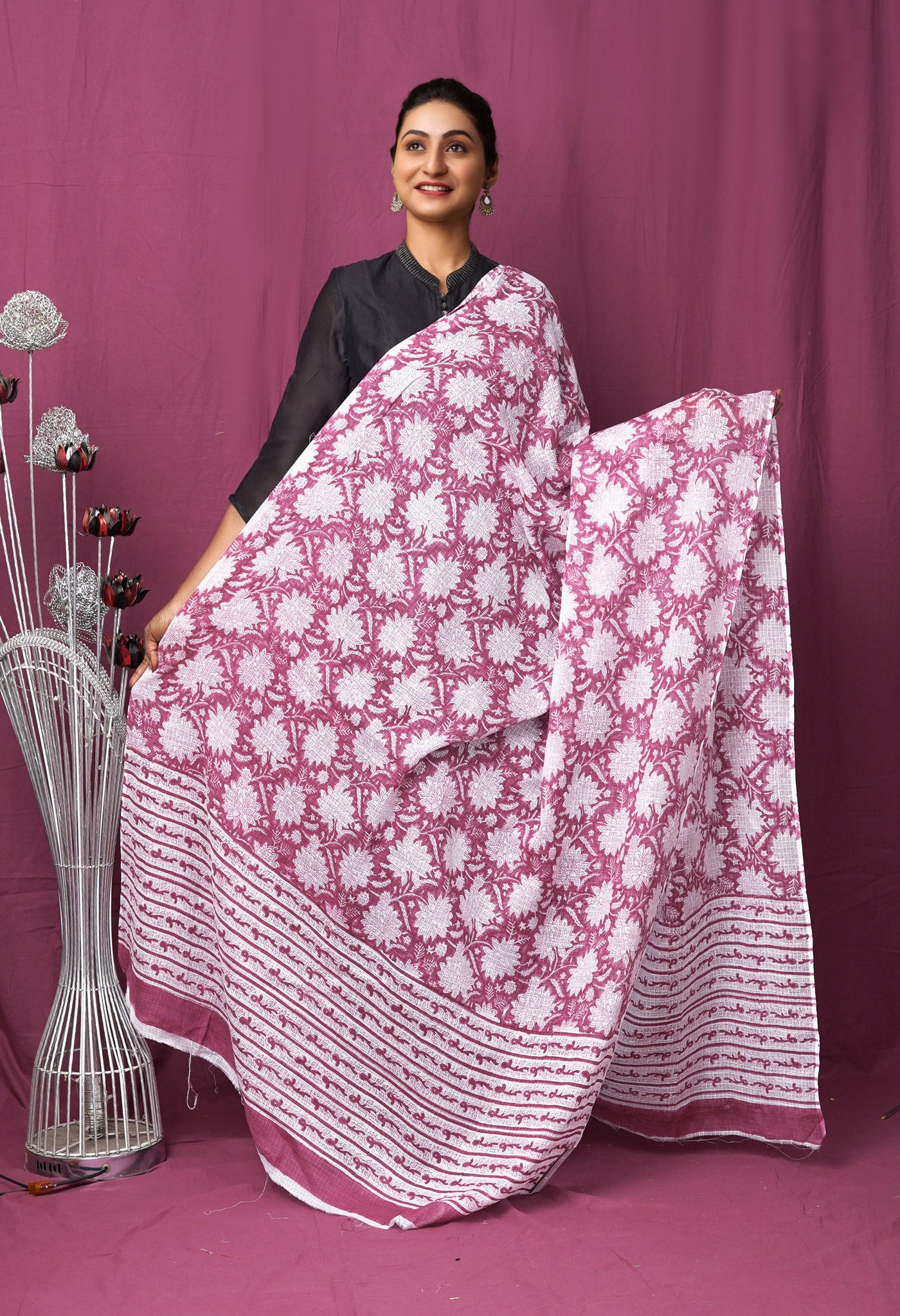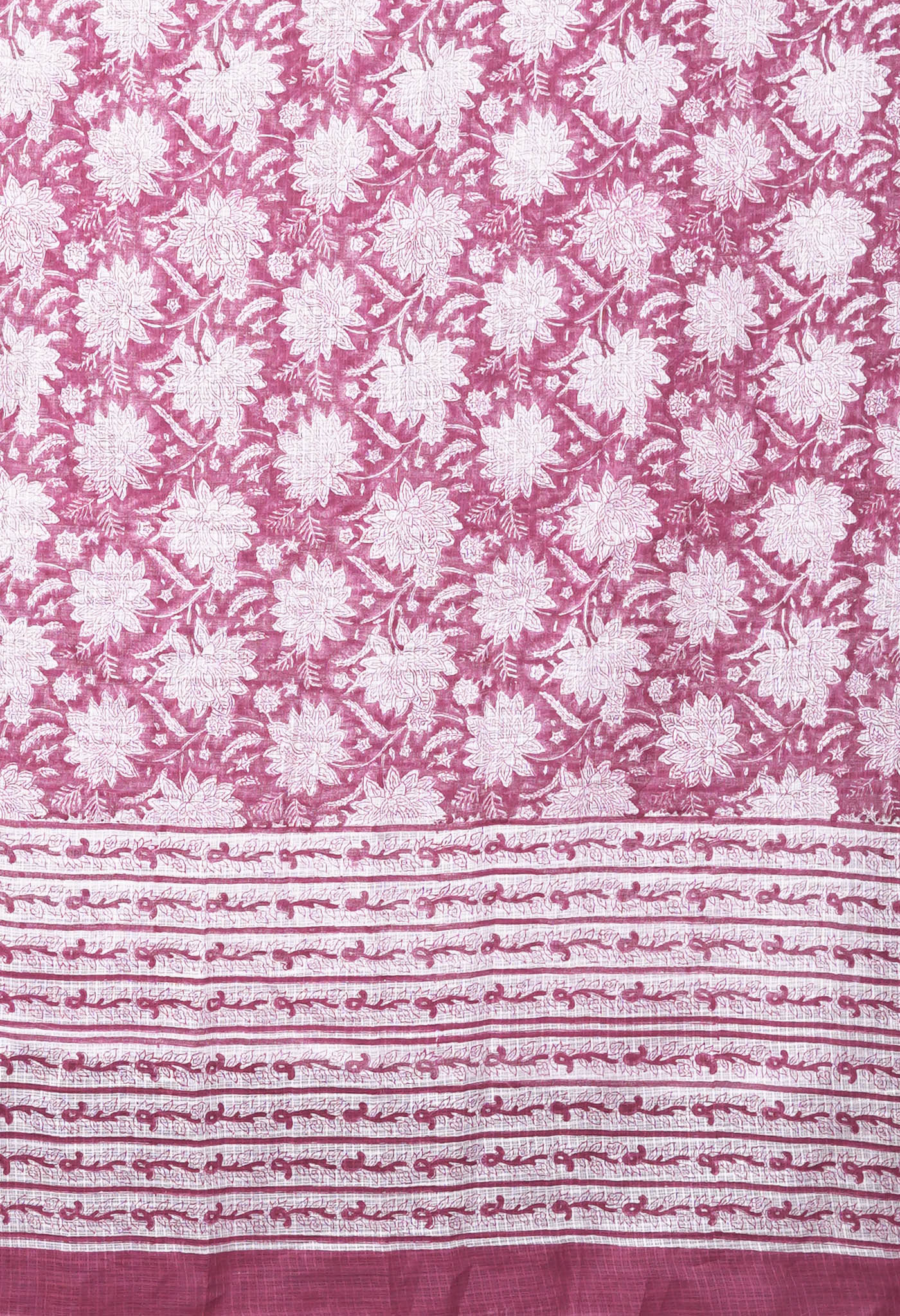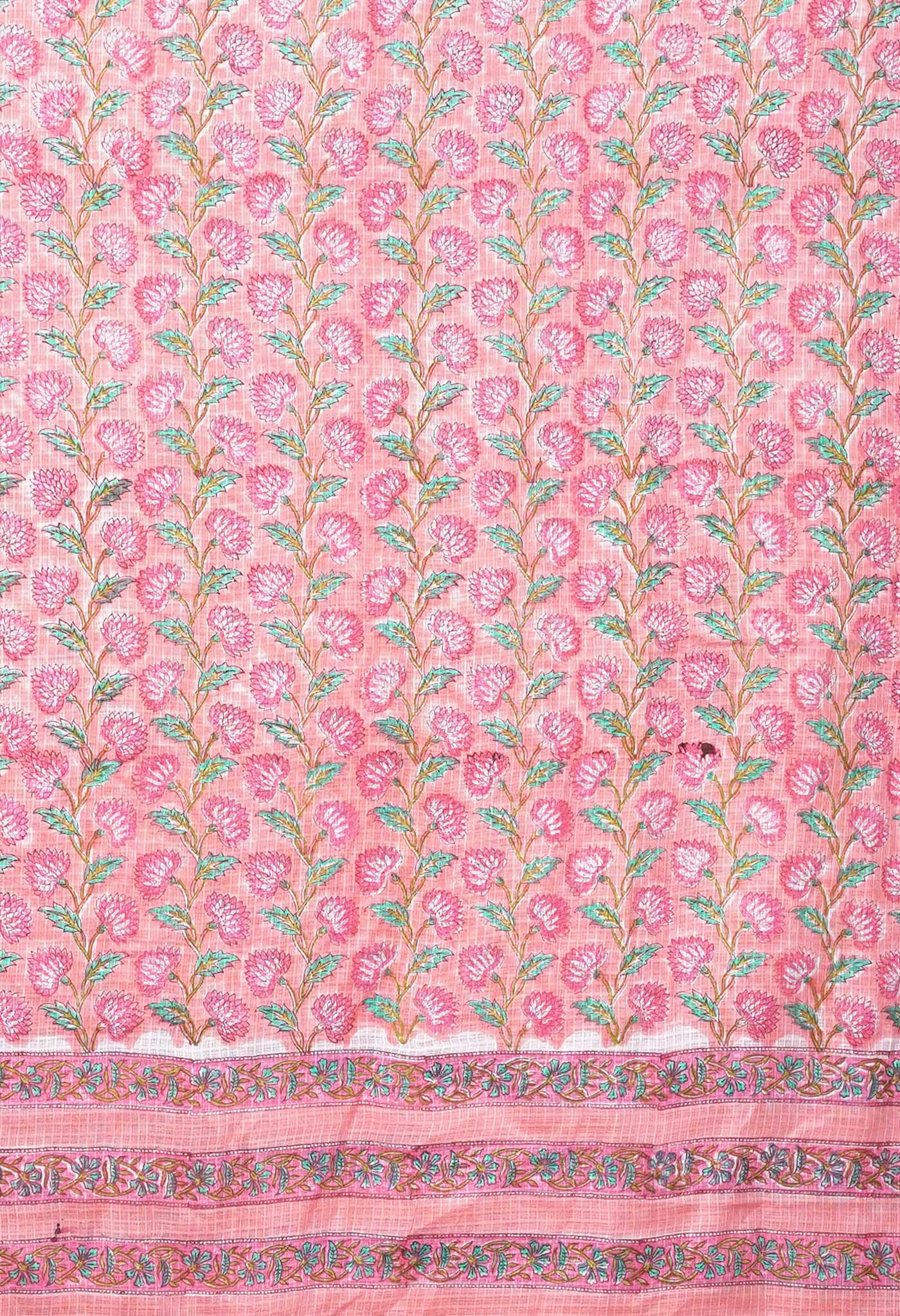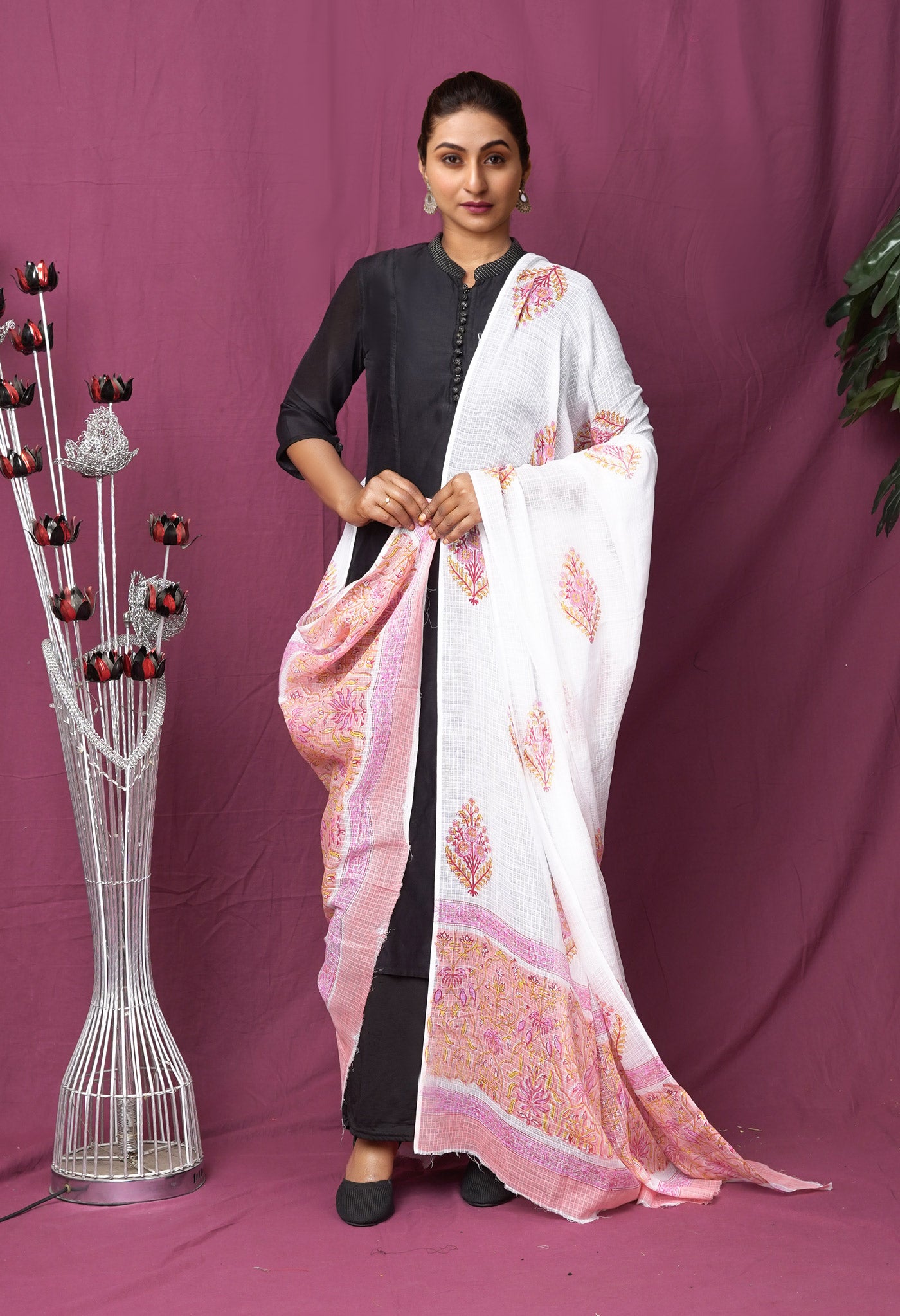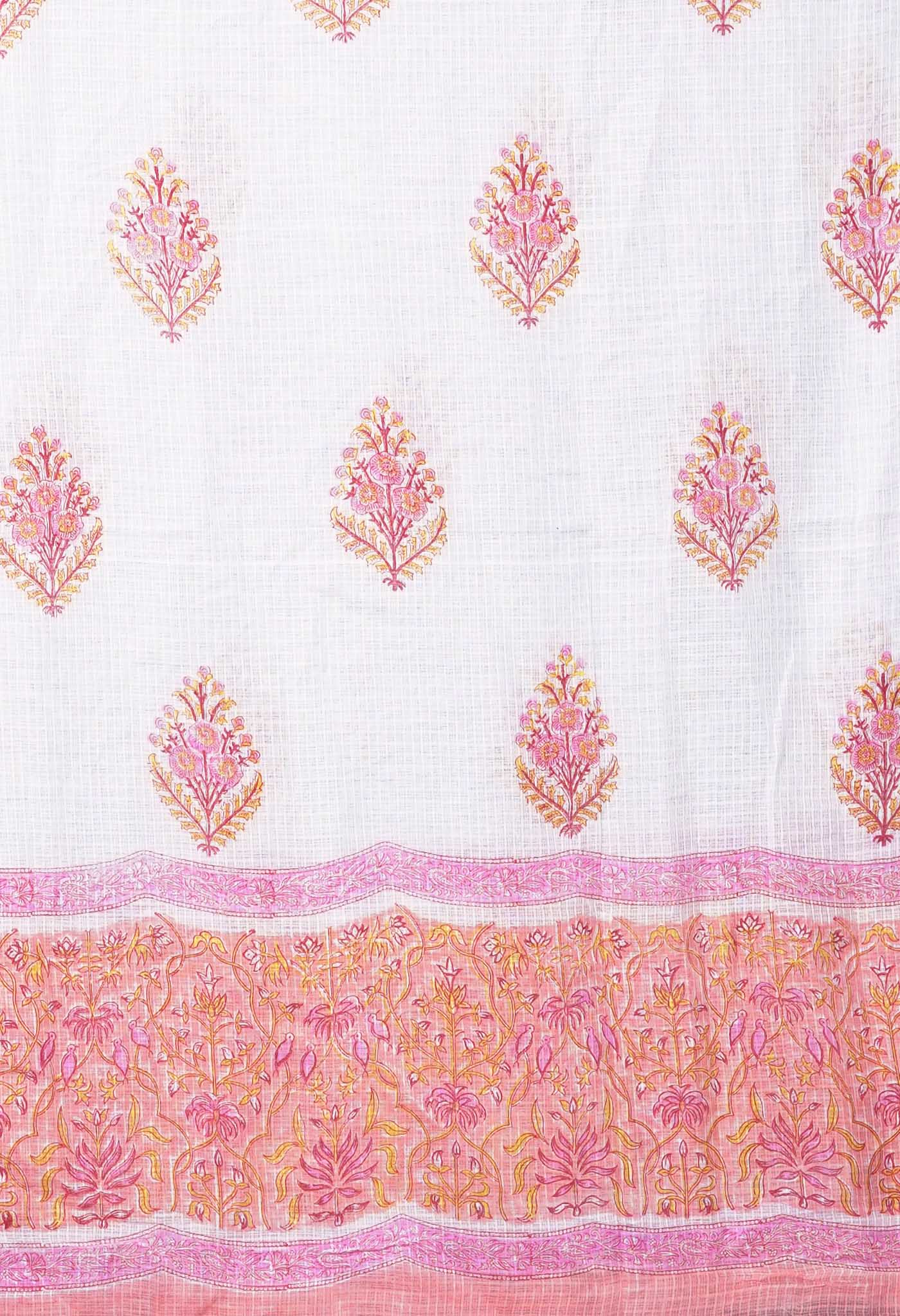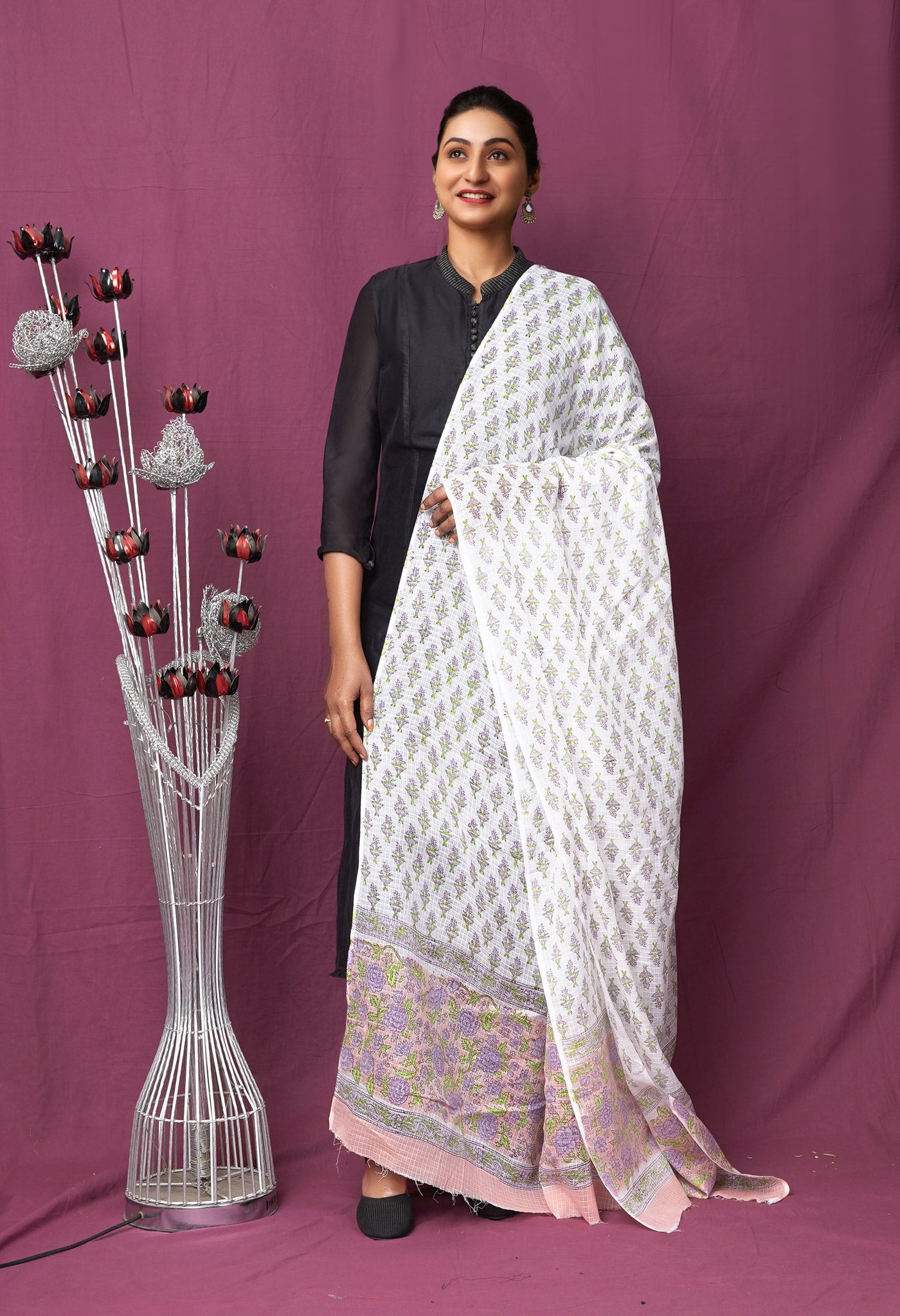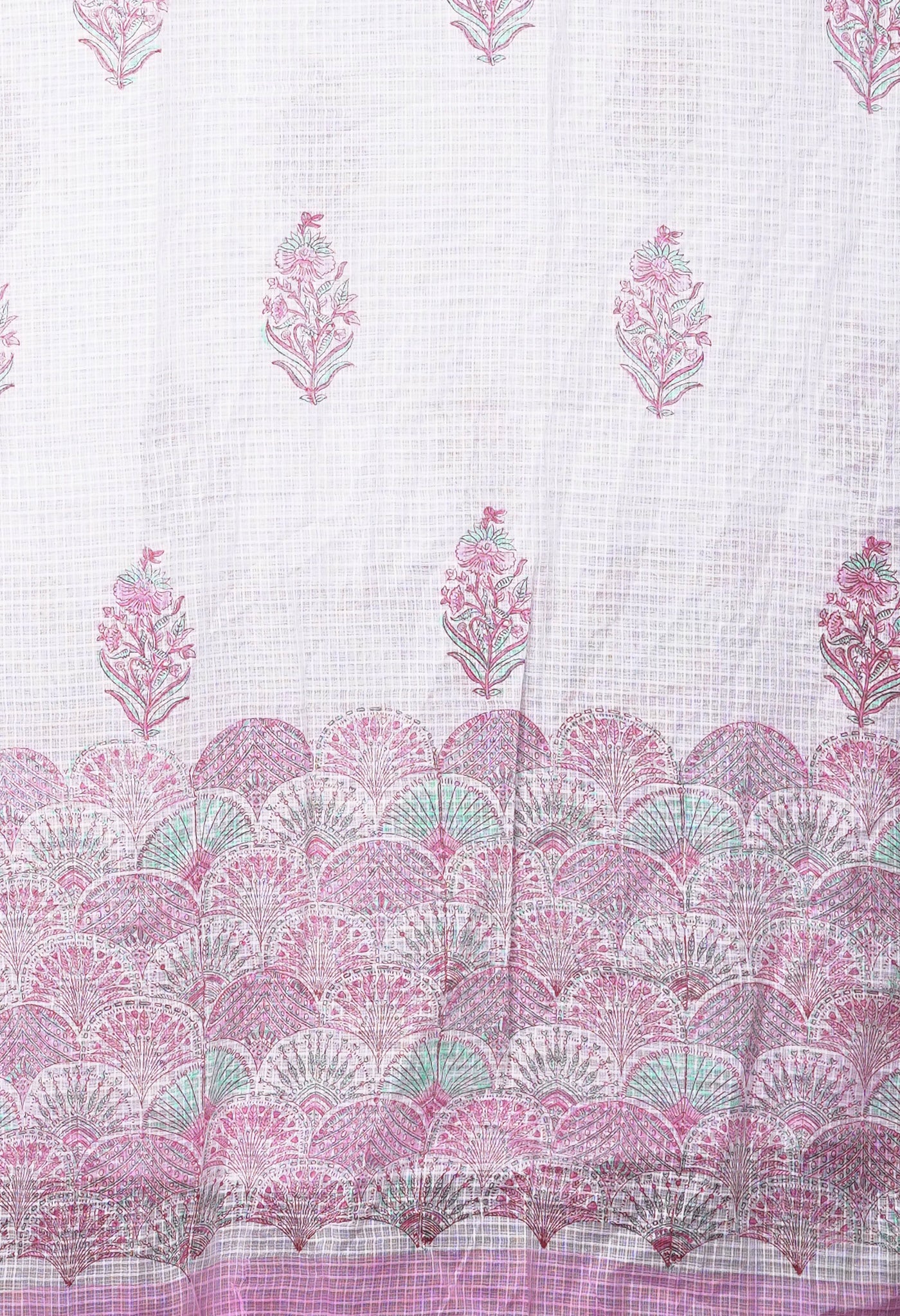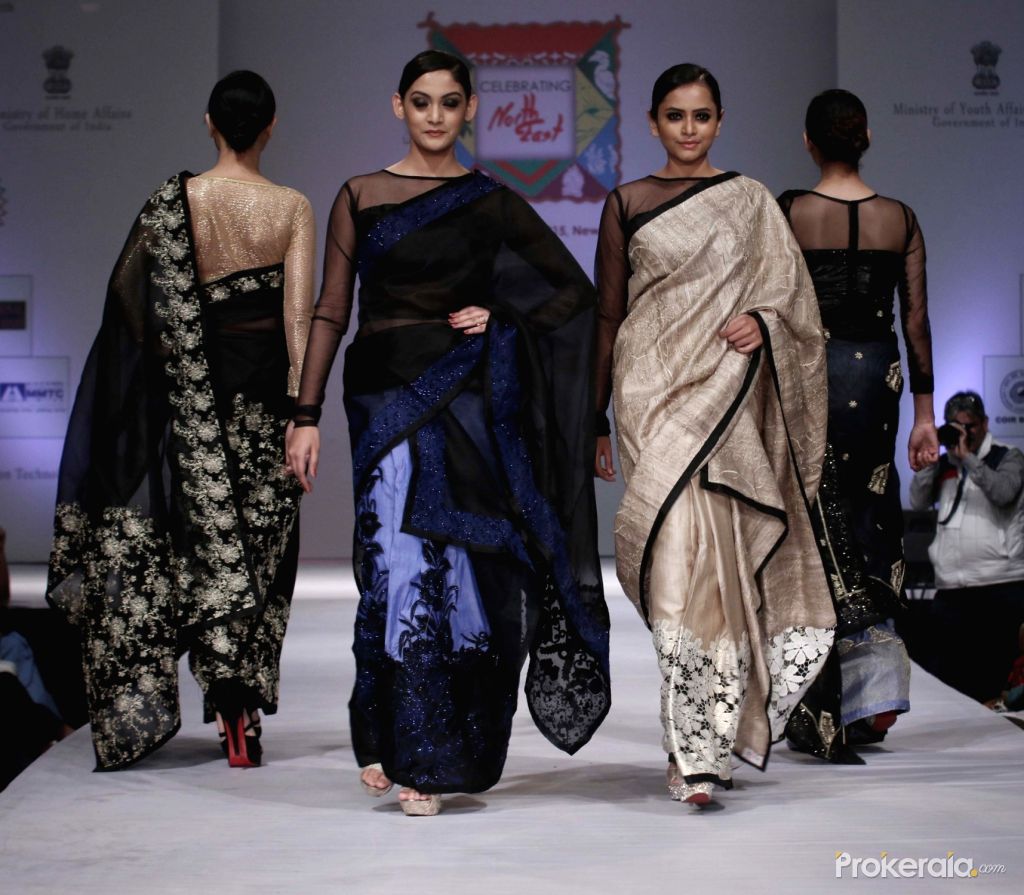
Ramp walk for a cause – A Babu effort
On Sept. 9th and 10th, 2017, the two day long North East Festival “North East Calling” that kicked off nicely to a good start on 9th morning, concluded nicely and successfully on the 10th evening, to a packed audience of youngsters from all over North East, Delhiites and a motley group of the Rest of India for the rock concerts, at the well-known and prestigious venue, India Gate.

The aim of the function was ‘clearing the air’ in the wake of a spate of racially motivated attacks against the people of the region in metropolitan cities such as New Delhi and Bengaluru.
Thinking along the lines of the Prime Minister Narendra Modi, who considered the North East as the ‘Gateway to South Asia’ and aimed at reducing the distance between the North East and the rest of the country through the ambitious ‘act-east policy’, it was the Ministry of development of north eastern region (DoNER) that had organized the 2-day event.

The festival’s programme included music shows, home chef contest, college choreography contest, school and open quiz, rock shows et al. Singer Zubeen Garg who also occasionally sings in Bollywood movies, also performed live on the first night at India Gate.

The much awaited event – the ramp show
On the second day of the function there was a ramp show that showcased the textiles and ethnic clothing of the North East. The focus area was crafts comprising handloom and handicraft. North-east has a rich repertoire of handloom. the most popular and known Assam Muga Tussar silk, also known as the golden silk is known for its sheen and durability.

The North East has very many tribes spread over the region. There are thousands of weaving styles because each tribe has its own way of creating the fabric, differing in style and design. There are myriad forms such as Garhi, Karbi etc. and what the 2 day festival has done is that it has provided a wonderful opportunity for the display of a large number of these styles to the visiting public. This provided the rest of India to get insights on the uniqueness of the weaves from the North East in terms of designs, nuances of weave, fabric texture and other comparative features that differentiated them from handlooms from the other parts of the country.
The festival brought to many such unique weaves in the form of saris, stoles, yardage as well as stitched clothes. The wicker furniture, dry flowers, ornaments and bags made of natural produce were popular among the crafts.

What made this event special?
Officers of the coveted Indian Administrative Services (IAS) took up the role of models to showcase the works of designers from the North East. Being part of the administrative network that covers the whole of India, already posted as assistant secretaries in different ministries at the Centre, it was a brilliant effort to weave in their involvement, watched by millions across the country. The already in-service, officers of the 2015 batch of the IAS ‘performed’ their ramp walk on the second day of the event. It in fact happened to be the 16th anniversary of DoNER that in its regular activities promotes business and entrepreneurial efforts in the North-East region that includes promotion of products, artists, designers and entrepreneurs.

Many senior IAS officers were also present on the occasion, cheering up the young talents seen wearing various traditional NE outfits. The larger cause of promoting handloom products in India’s Northeast, was that a relatively backward area inhabited by a large number of tribal people could get much more exposure than it currently had. Ira Singhal, the topper of the batch who is differently abled, was also seen participating in the fashion show.
More importantly what are the North East handlooms known for?
Assam finesse
One of the seven sisters of the North East region of India, Assam is known for its good quality of cotton grown in the region and the rearing of silkworms for producing silk, which is a household occupation.
Assam Silk Sarees also known as Paat sarees are made from Muga (golden silk), Mulberry Silk or Eri Silk, with the Muga Silk variety being most popular. Muga Silk Worms abound only in Assam and in the North East, since they can survive only in the climatic conditions found here.

But natural that it has given rise to a cottage industry in handlooms in cotton fabrics and silk fabrics in the region that has gradually evolved into a major textile industry and a dependable means of livelihood.
Assam Cotton Sarees are light in weight, comfortable, easy to carry all day and maintain. Raw materials used are mainly cotton, or more recently mercerized cotton, which is soft & shiny. Zari work or multi colored threads woven on these fabrics gives the rich feel. Beautiful patterns of fruits, flowers, diamonds, animals, birds or human figures are generally impressed on these Cotton Sarees. The tie and dye art is on display in the fine handloom creations in mercerized sico and pure cotton. The colours chosen are bright, deep and full of the vibrancy of Nature. What is especially noteworthy is the good use of thread work or embroidery that elevates an ordinary weave to an extraordinary work of art. The borders and pallu make good use of zari that provides the right impetus to the look.

Beautiful ikat woven bootis design, naksi woven borders, ikat woven pallus create a magical spell. Patola woven designs combine with patola woven naksi borders and floral ikkat patola weaving on a designer pallu. Enchanting tribal art saree with golden shimmer with a lot of floral designs sarees in ikkat and a whole lot of flora and fauna adorning the rich and grand pallu or end piece make for very grand and exclusive sarees.
The Manipur wonders
A Manipur handloom saree is generally a rectangular piece of fabric in fine silk or smooth cotton measuring 5.5 by 1.3 metres.
The innovative designs of a Manipuri saree could be from traditional art moulded to current fashion or arty cross border experiments. A striking feature of the Manipuri saree is the colour and the attractive eye-catcher is the motif that has ensured the interest in this wonderfully woven fabric even in the fashion world. Popular motifs are animals, insects, floral designs and geometrical shapes. The weaving quality and the texture of the silk and cotton saris is very good.

A National Report on Handlooms not too much in the distant past, put Manipur among the top states of India in the handloom sector. The art and craftsmanship in the cotton and silk weaves of Manipur handlooms has been maintained till today.

Meghalaya handlooms
Meghalaya, one of the seven sisters of the North East of India is well-known for its handloom woven fabrics in silk and cotton. Eri or endi silk, mulberry silk procured and processed domestically are durable and fine texture silk yarns that are mainstays of the handloom industry that has flourished in the Meghalaya and surrounding regions for quite some time.
Meghalaya silk sarees offer canvas for beautiful eye-catching patterns of zari in zardozi, chikan, ari and gota. Fashion prints of batik, block, bandhini lehriya enhance the beauty of Meghalaya sari. Adornments with kundans, beads, and pearls add to the allure of the Meghalaya Silk fabric. Meghalaya sarees are colourful, bright, striking fabrics and make use of fast colour vegetable dyes that brighten up the atmosphere.

Meghalaya grows a lot of cotton and that too of a special variety known as Meghalaya Cotton, which is soft, fluffy and durable. It is easily dyed and offers a good canvas for block prints and colourful patterns. The Meghalaya cotton weaves are adorned by floral prints, attractive bootis, delightful borders and embroidery designs.
The Nagaland cottons
Nagaland, one of the seven states of North Eastern India is known for its soft and smooth cotton handloom fabrics. At one time, Spinning and weaving of cotton fabrics was a household occupation mostly comprising women that slowly developed into a cottage industry and today is a textile to reckon with. Spinning once done by hand is today machine spun.

However weaving, a household industry since long is still popular and mostly done by women. Nagaland Cotton Sarees, appeal for the intricately designed motifs and embroidered patterns. Straight lines, zig zag lines, squares, bands and other simple geometric shapes in varying widths and colours constitute popular patterns. Earlier times had the woven cloth decorated with beads, cowrie shells and goat hairs.
Modern times see the Nagaland Cotton Saree having simple thread work and kundans, beads, mirrors and sequins adorning the fabric. The quality of the cotton, soft and fluffy in nature, is quite superior, owing to the organic method of farming adopted. No wonder the fabrics woven from it are soft, light and airy. Bright primary colours as red, green, yellow and blue are generally used, though other colours are also becoming popular. Natural dyes extracted from barks, roots and plants are used for dyeing the cotton yarn

The flip side of the event
It is indeed a good idea and a worthy cause that the ministry sponsored event would result in.
- Bureaucracy is the real seat of power or the influential factor in major policies and important decisions, especially those that have a great deal of financial bearing. When these persons already appointed in ministries showcase an event through their own involvement, they along with their understanding support ensure favourable outcomes during the policy framing for the handloom industry of the North East region.
- Handloom designers ensure the success of an entire industry with their ideas and insights. When the event has highlighted the designer bent of mind through the display of fabrics presented in the ramp walk, especially through ‘influential models’, it augurs well for the industry of the region as a whole.



